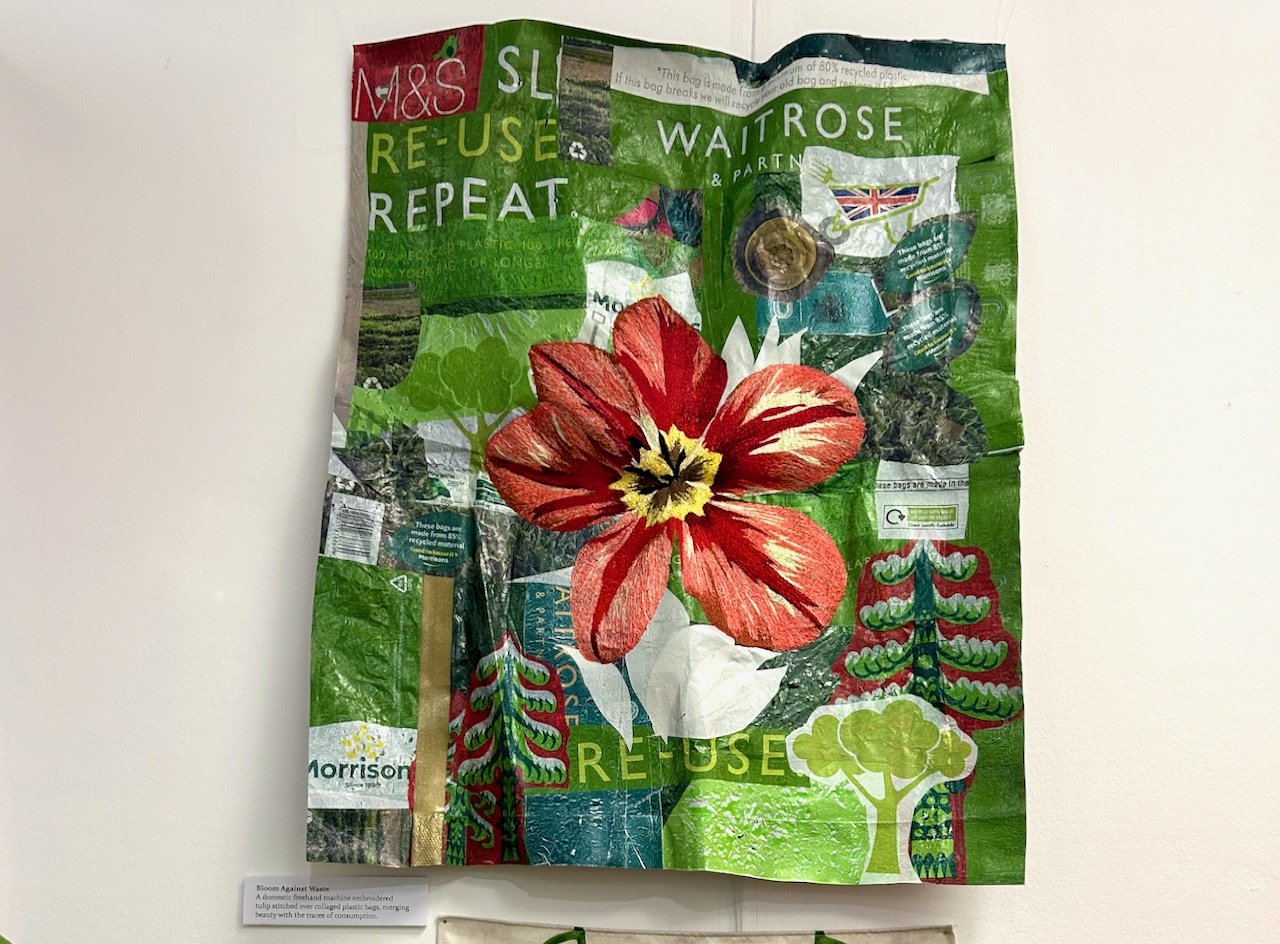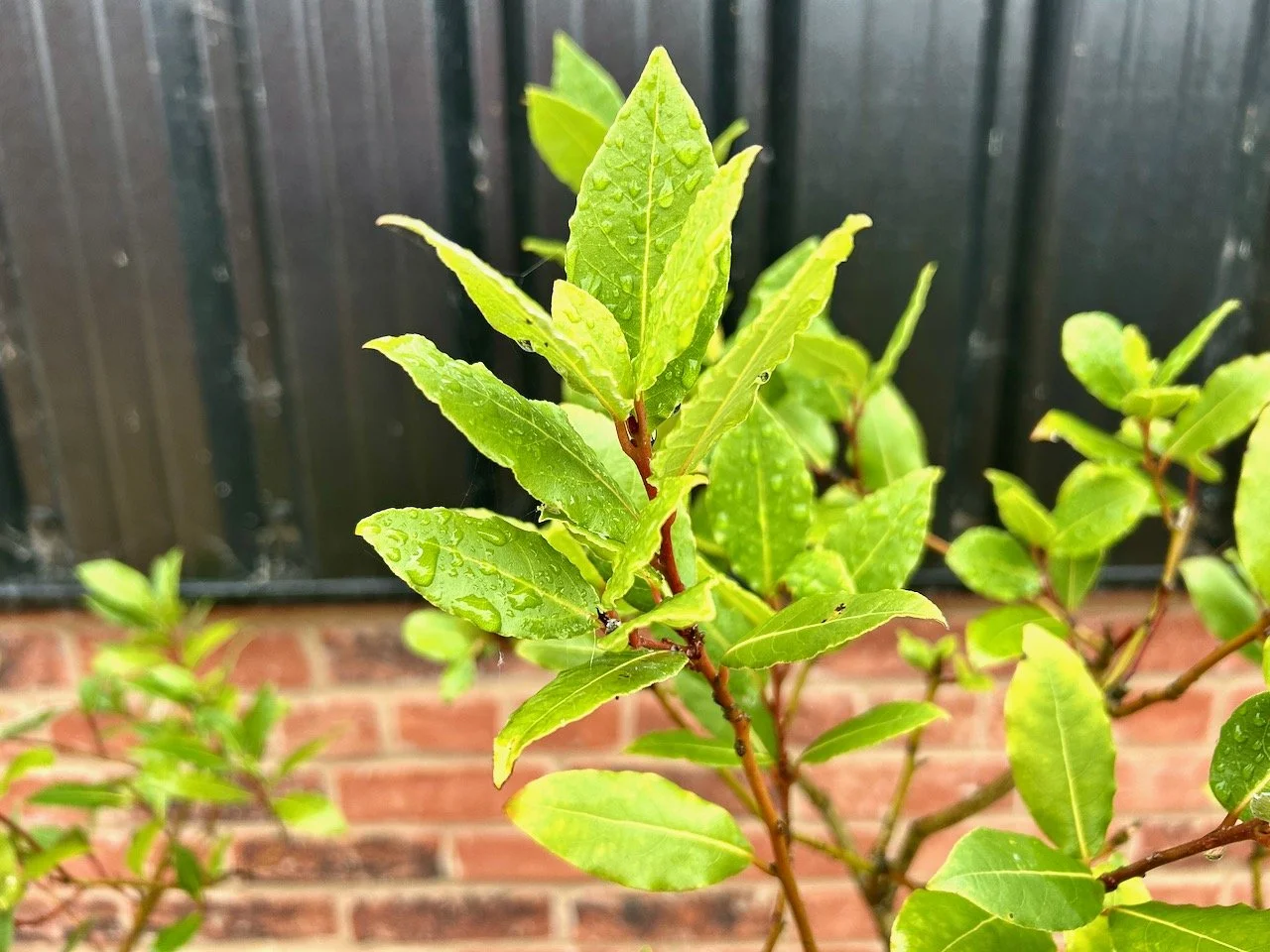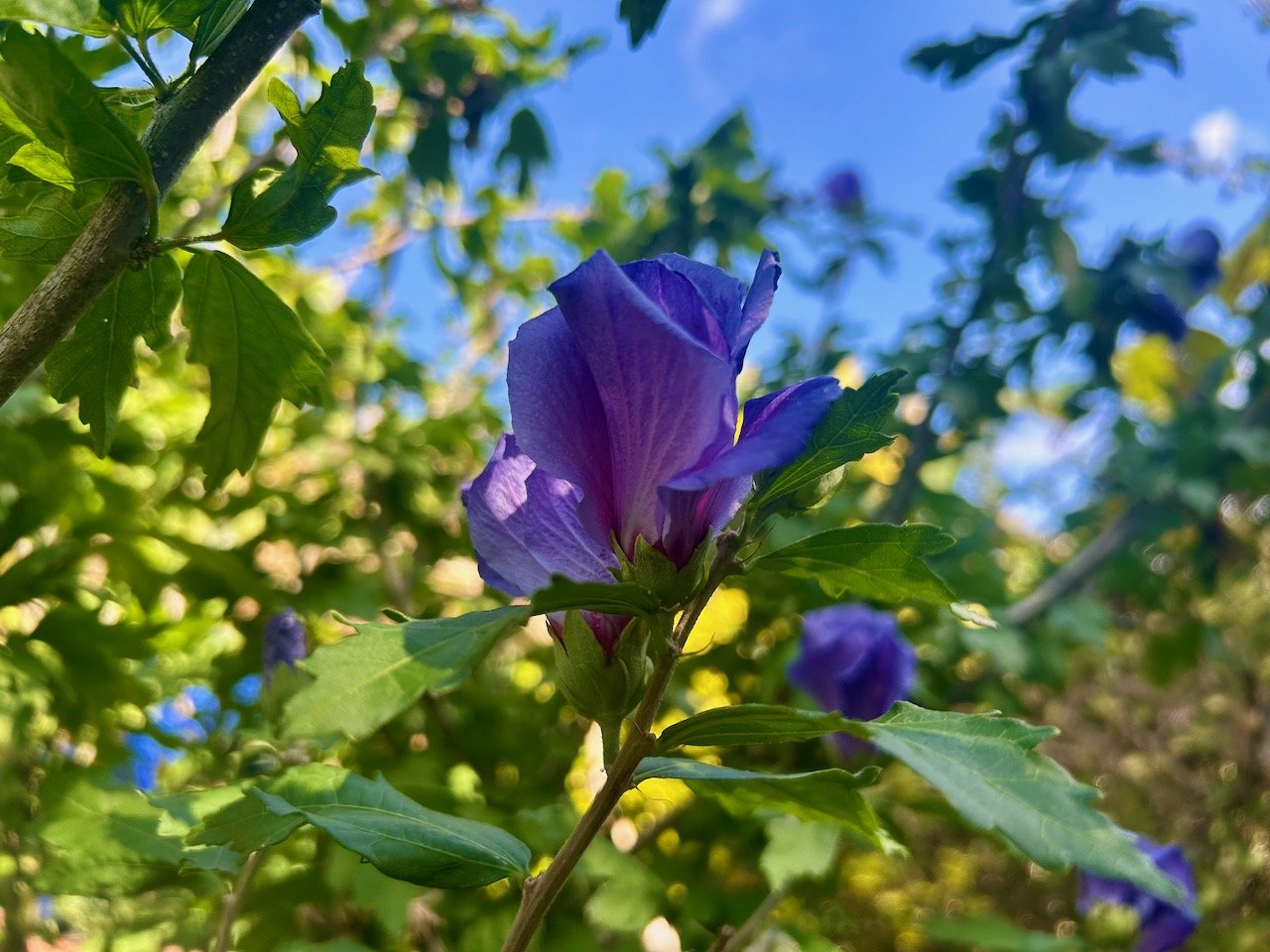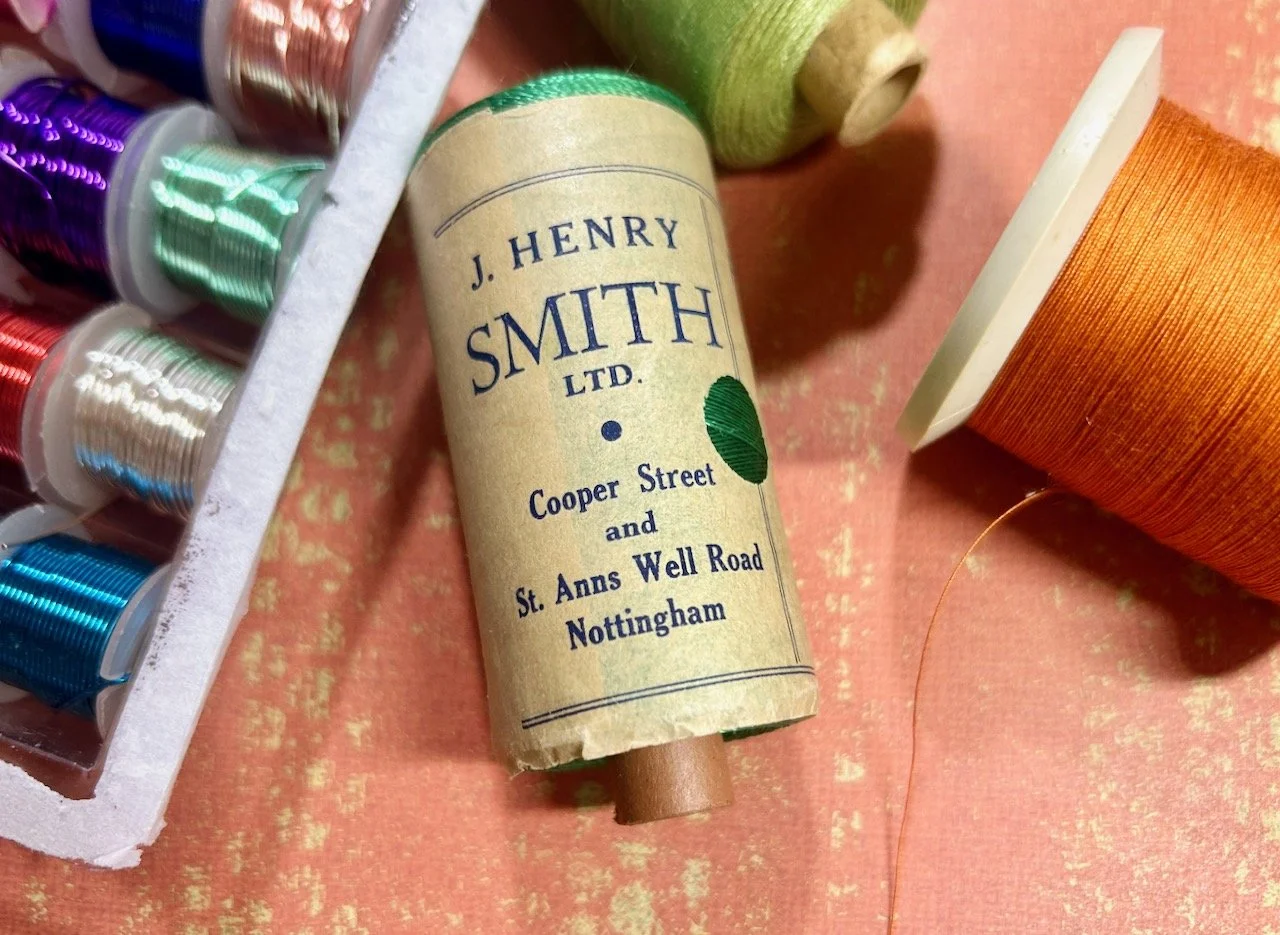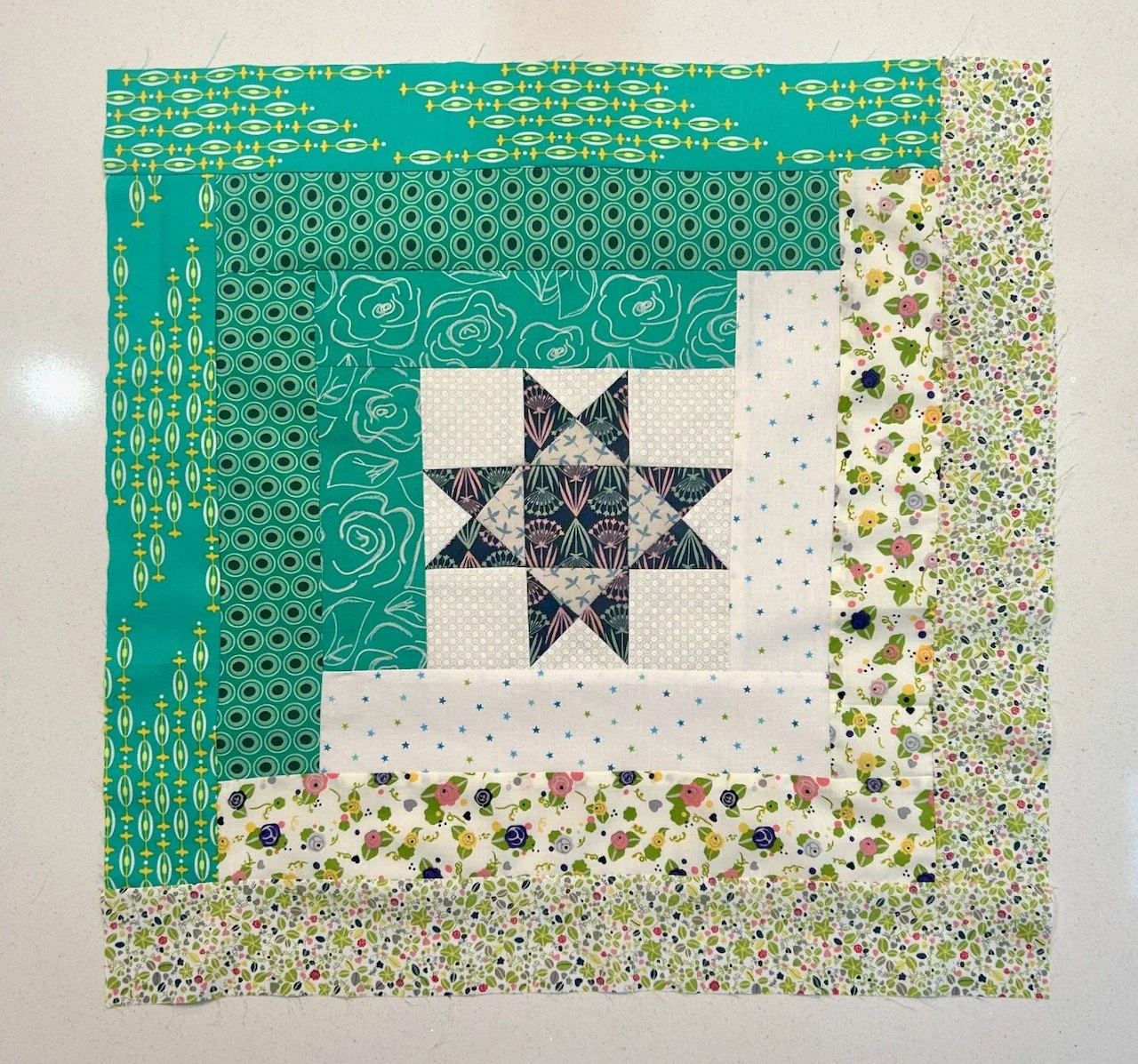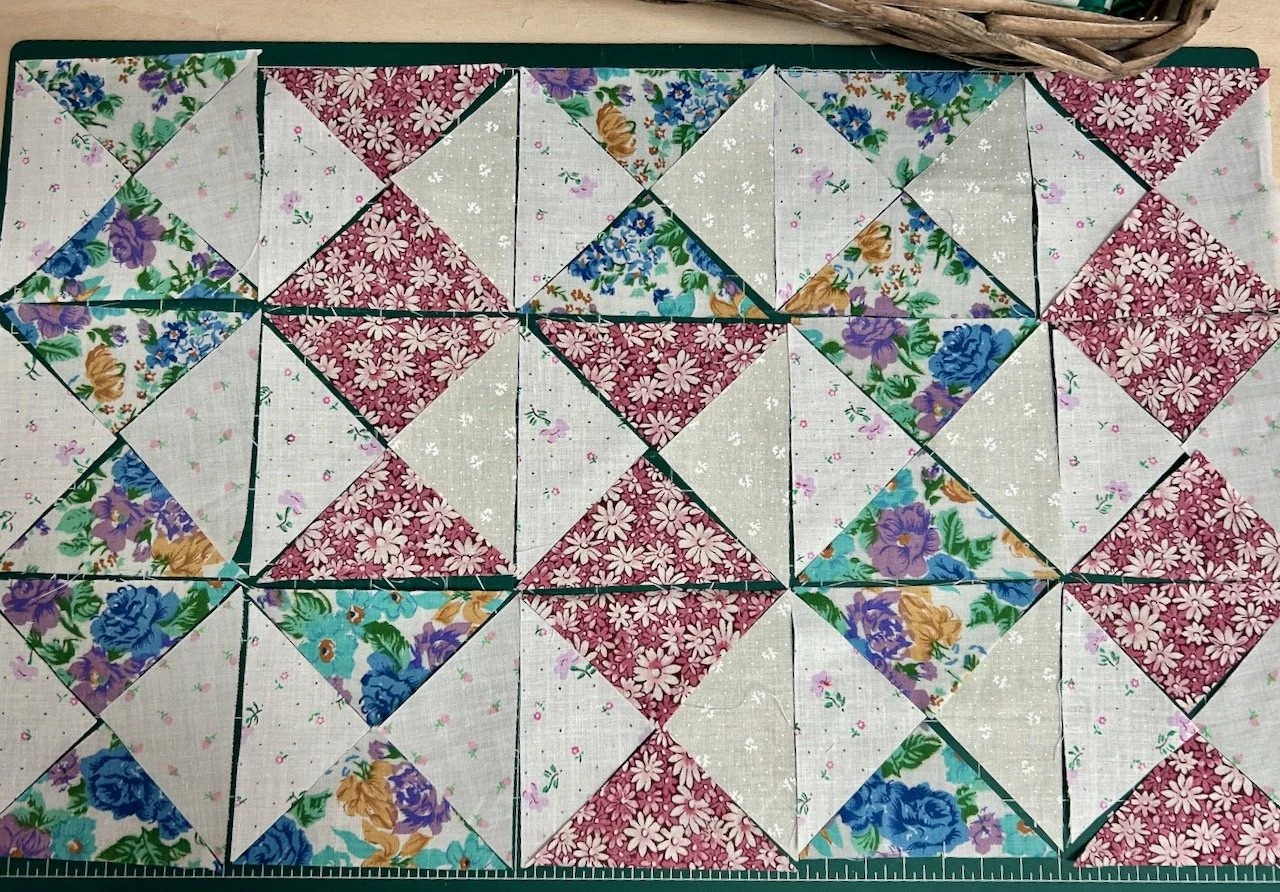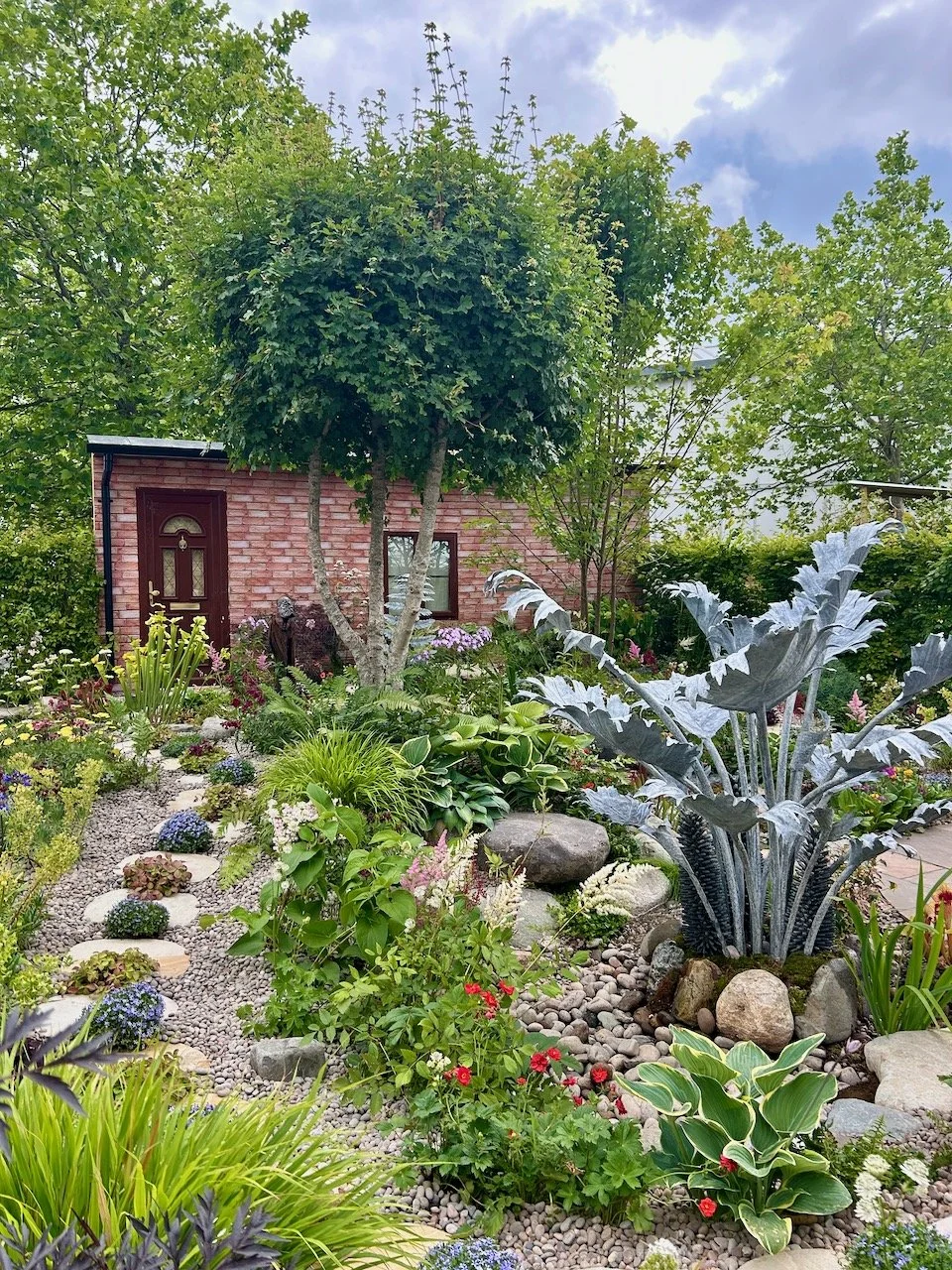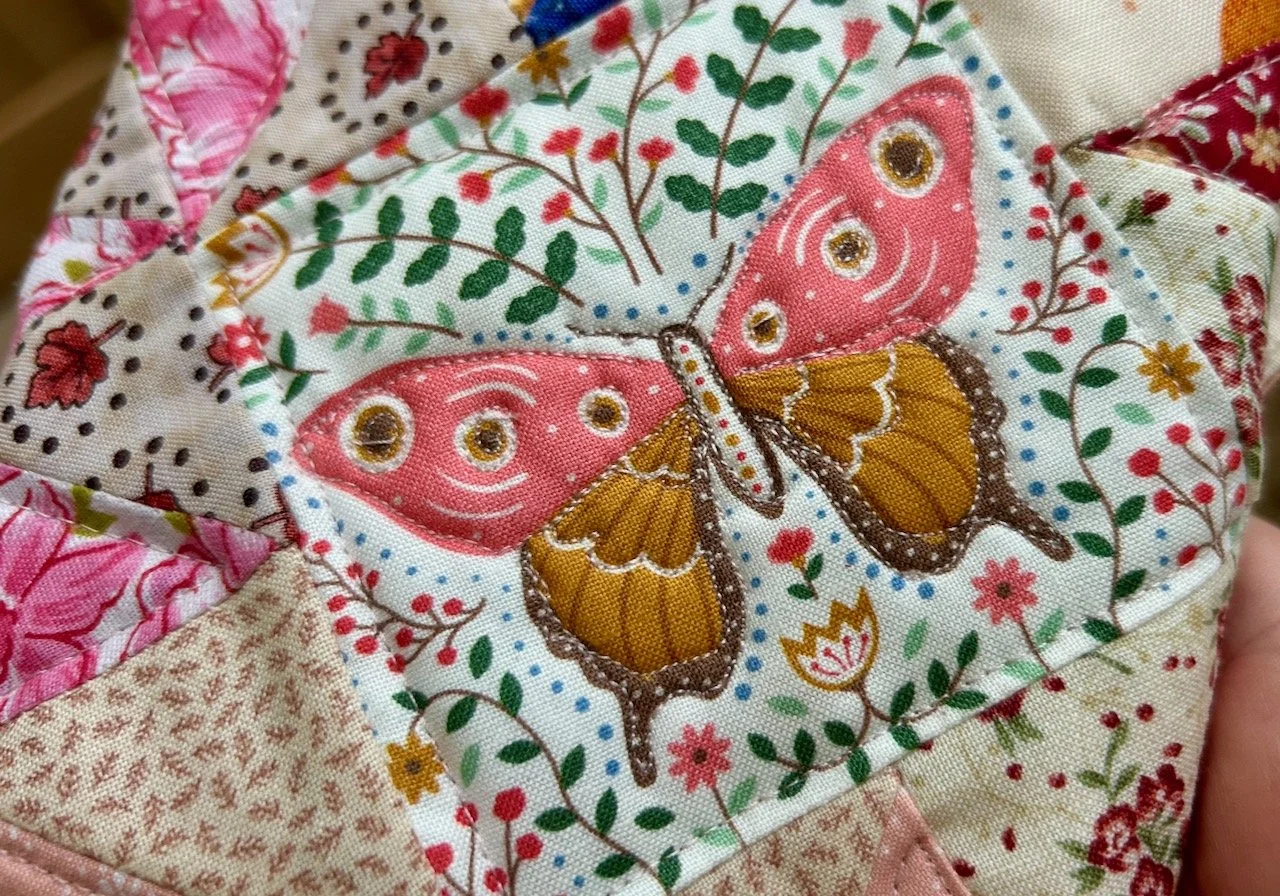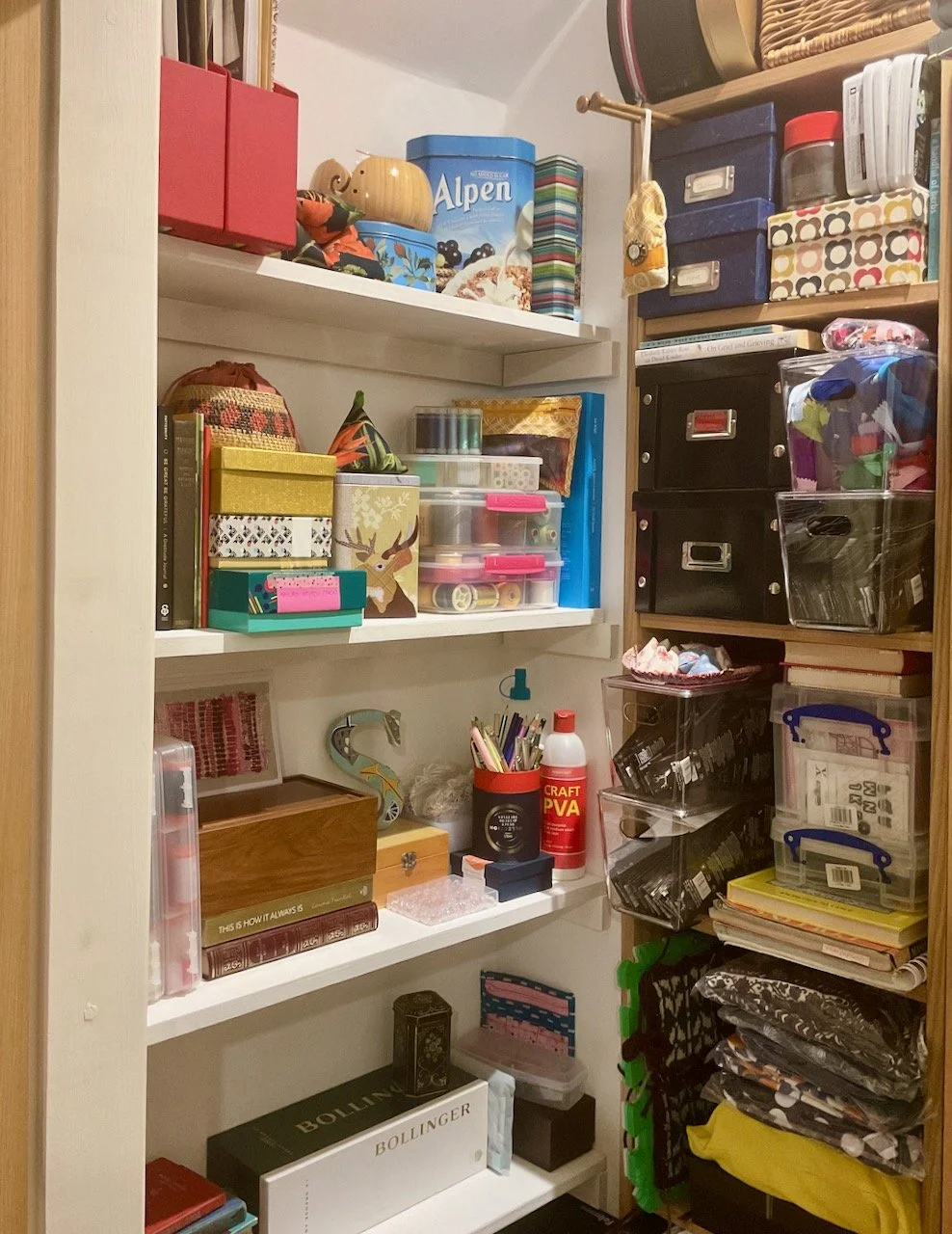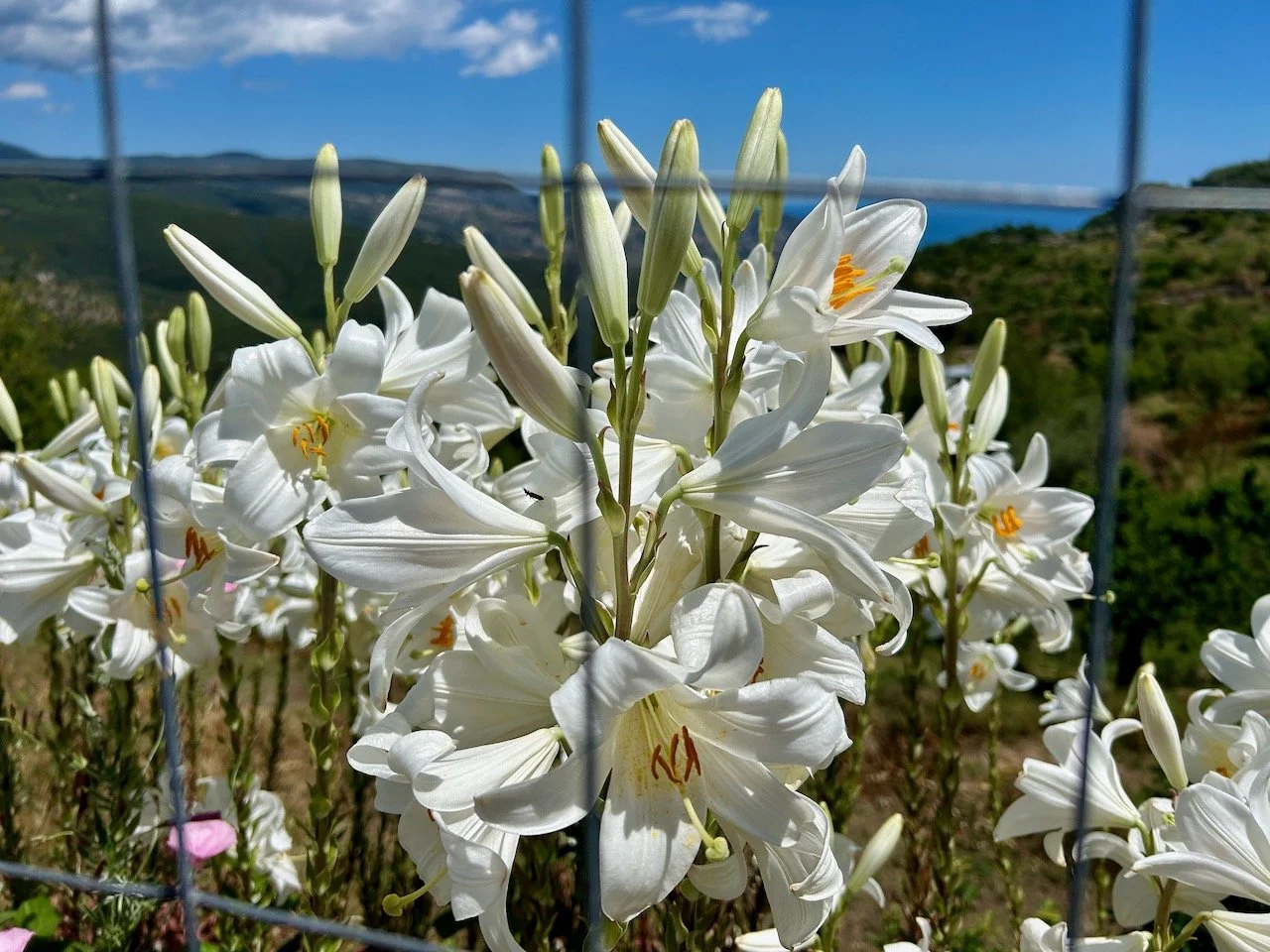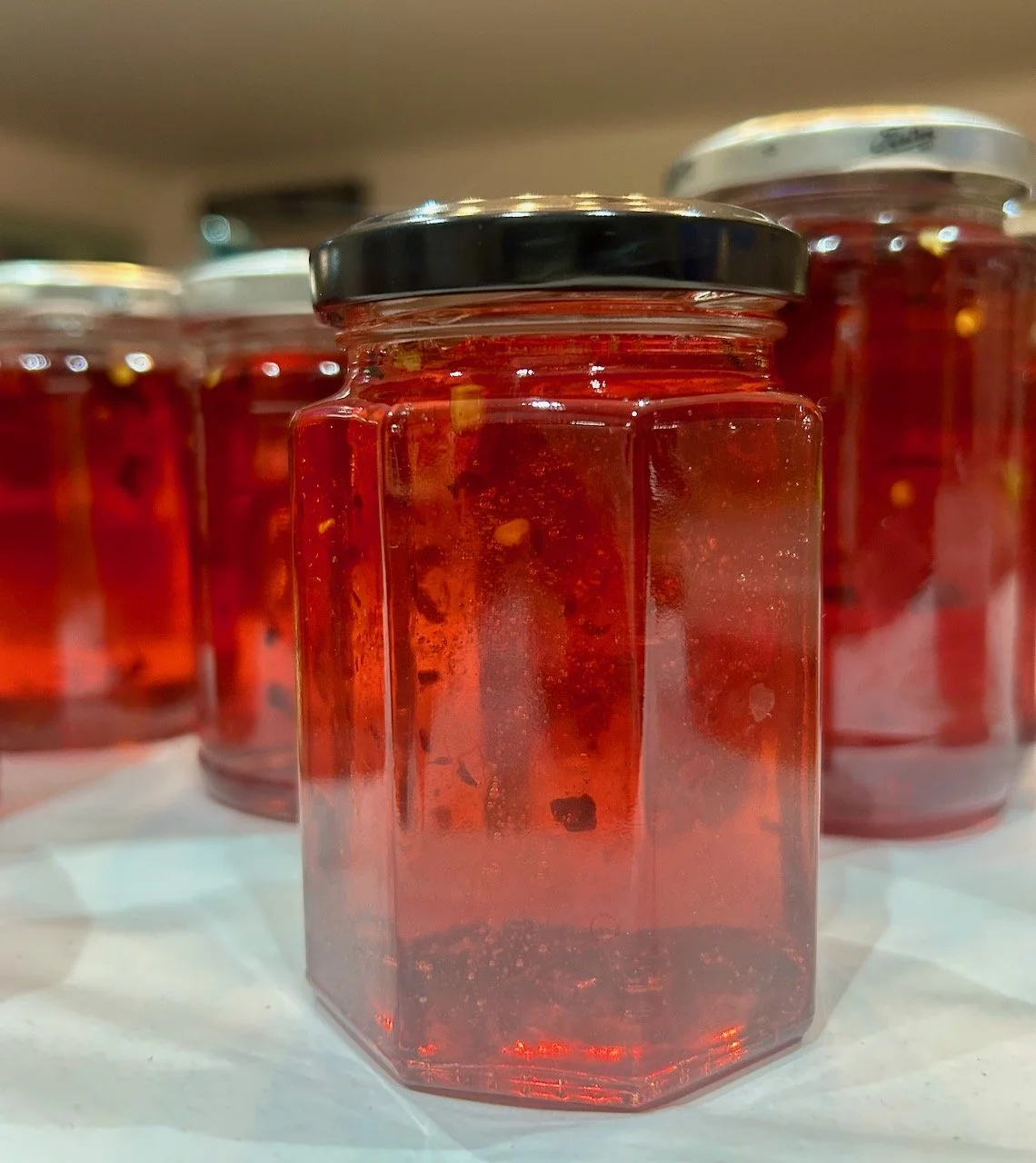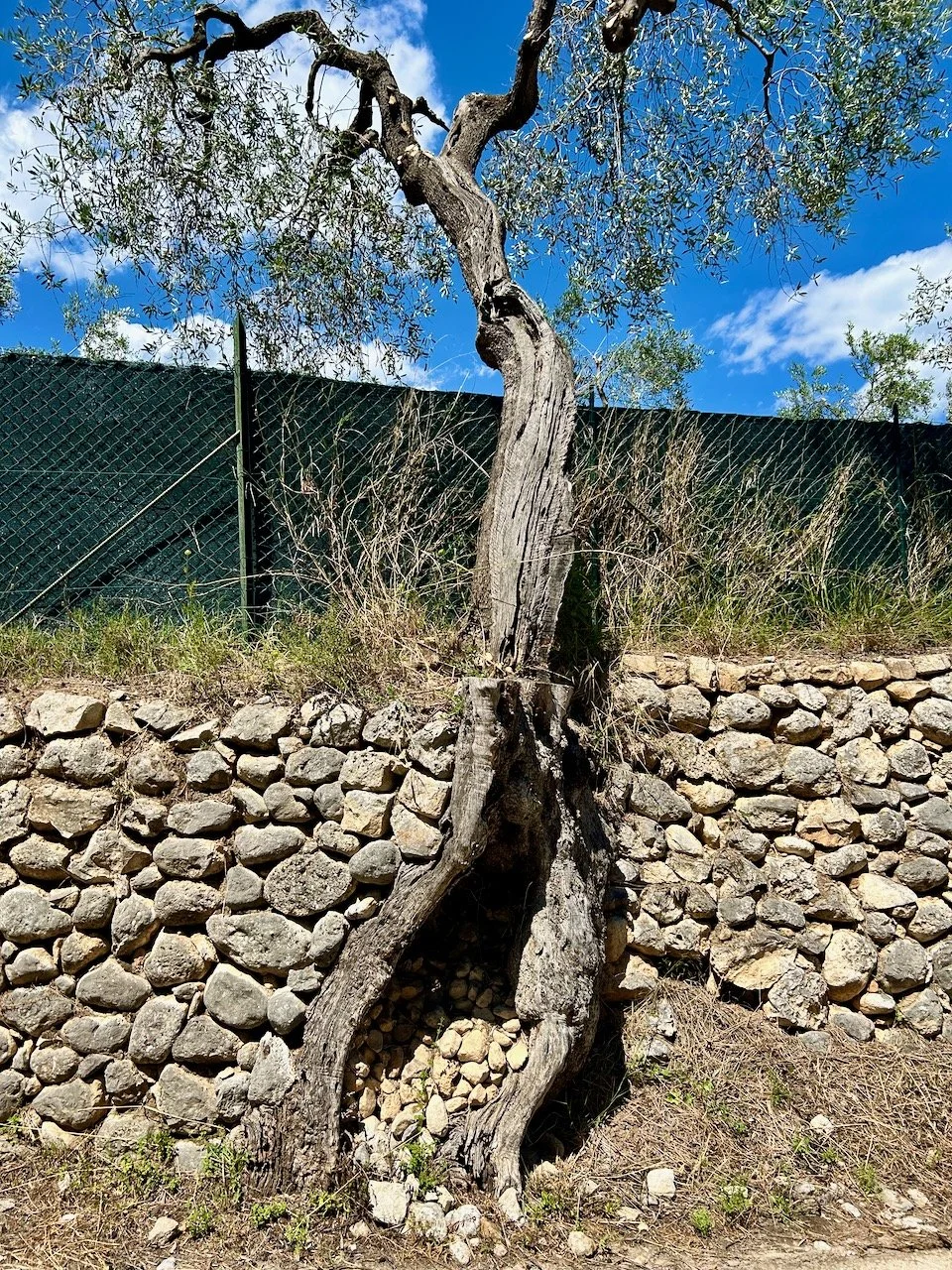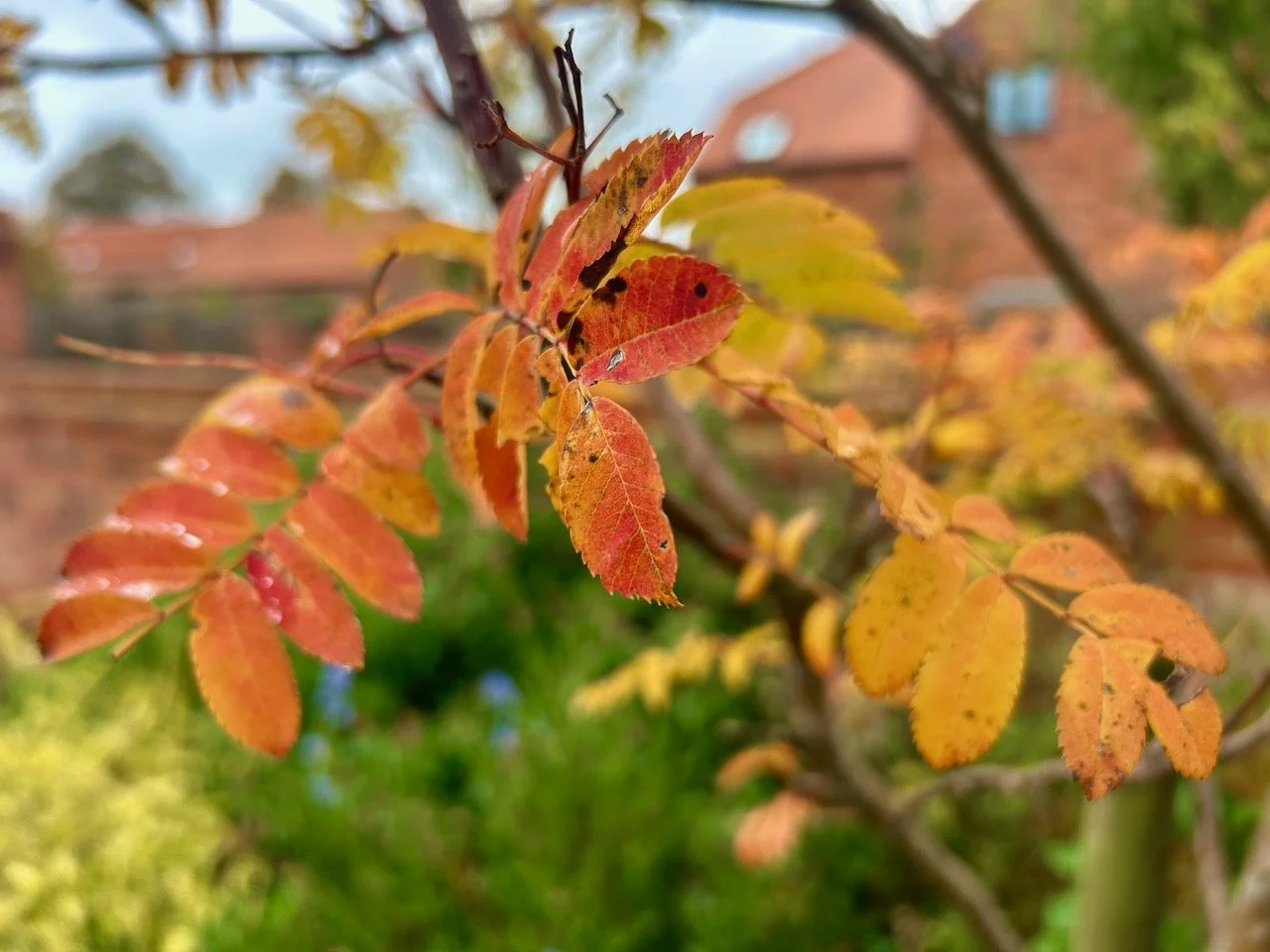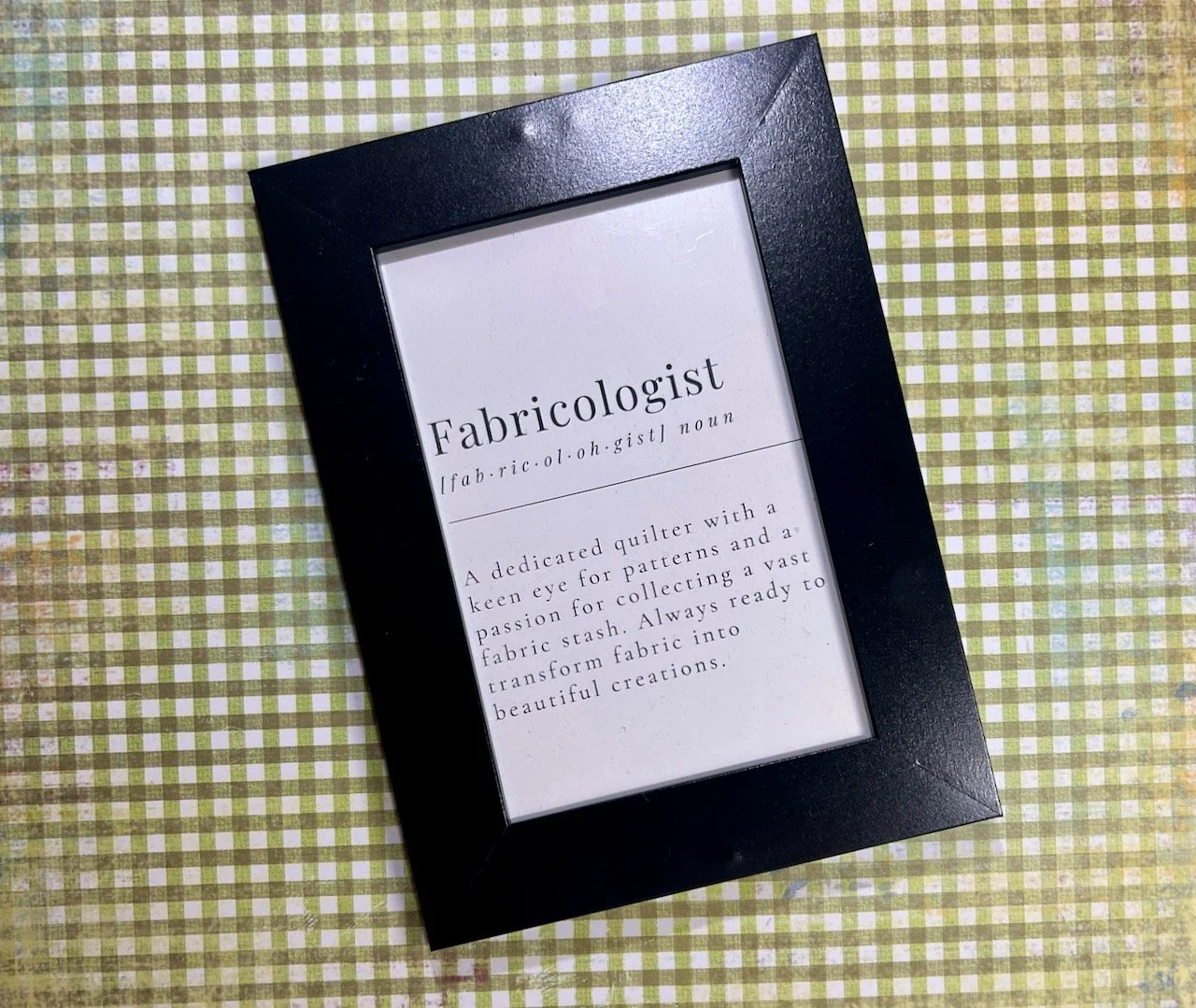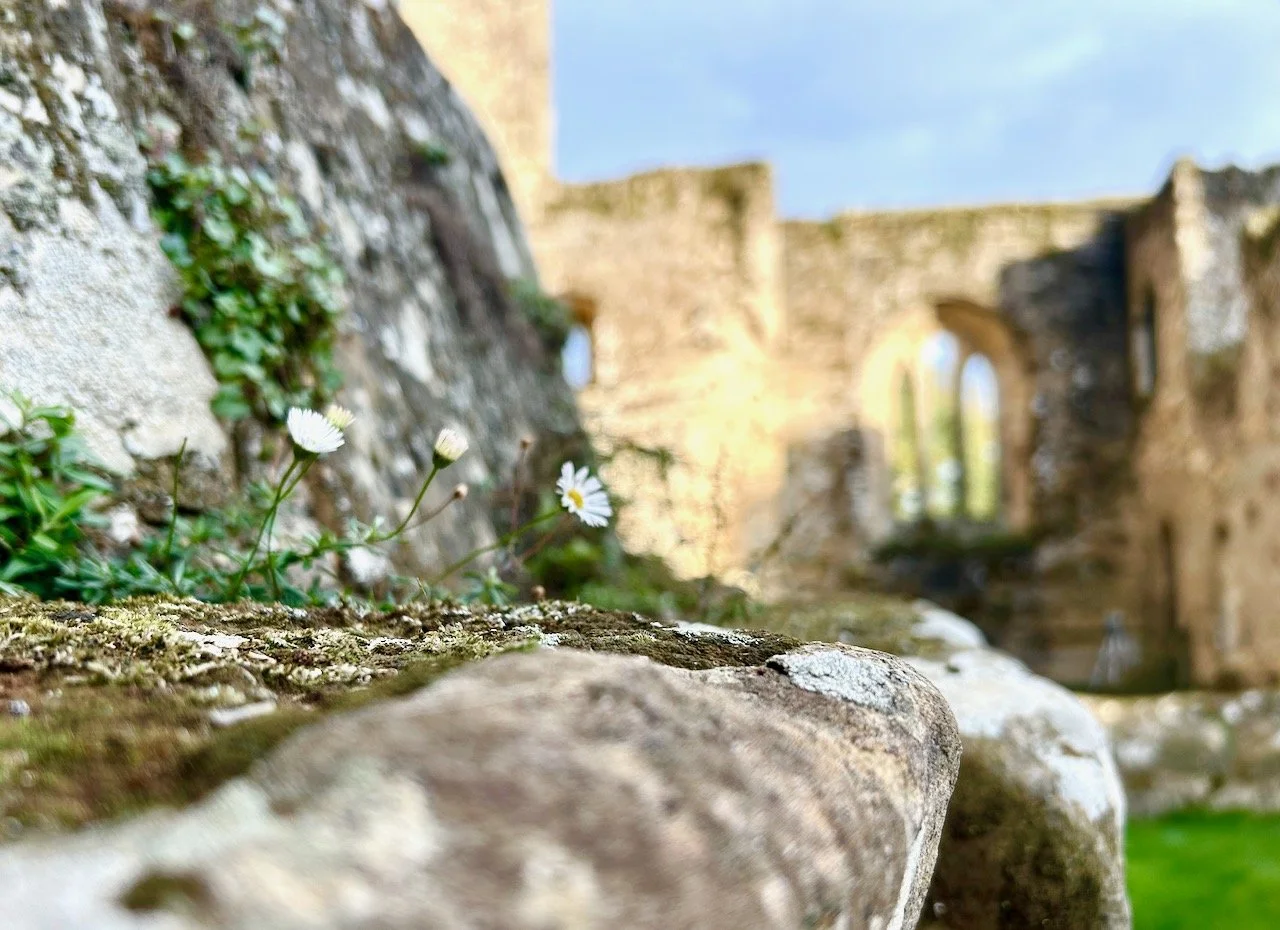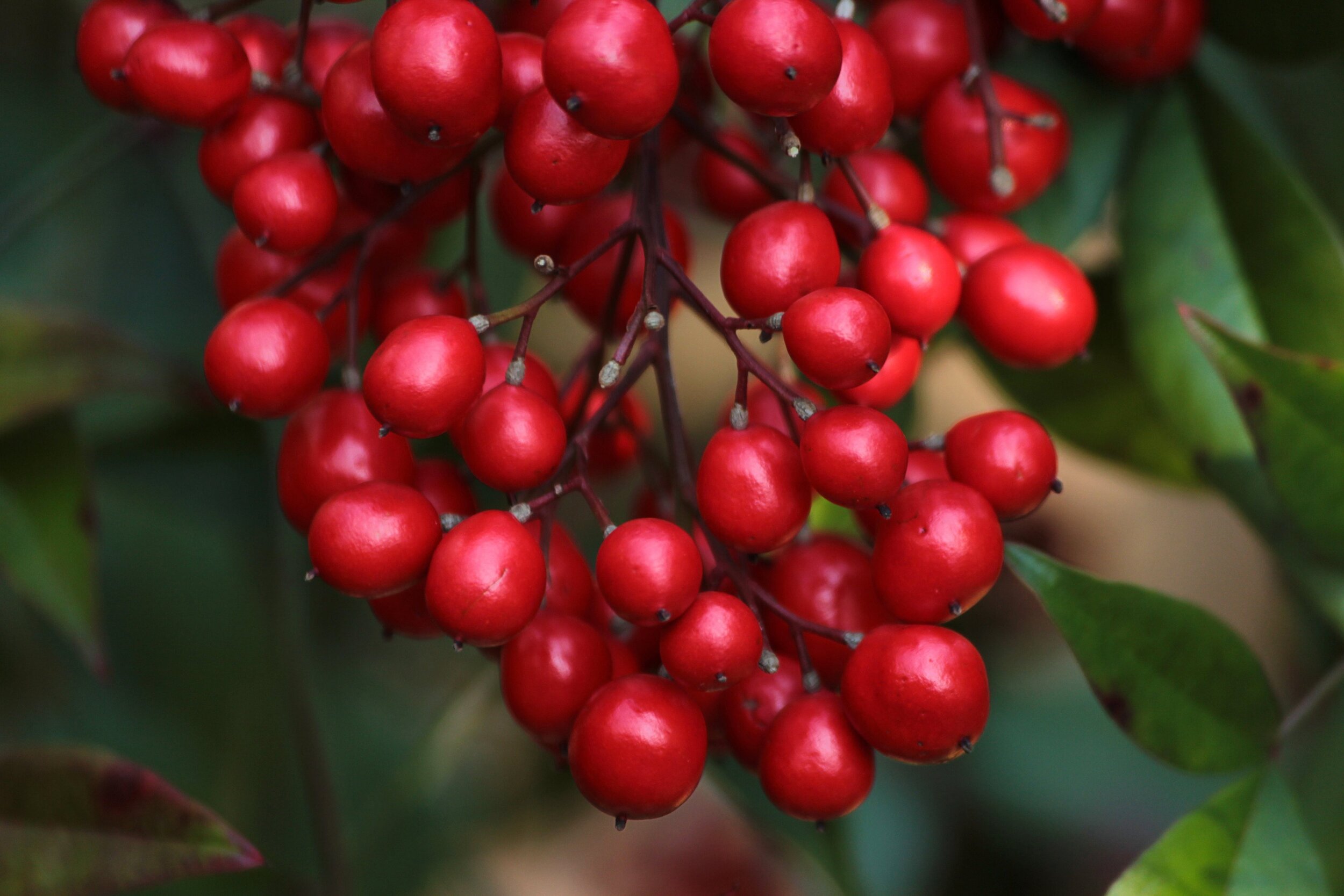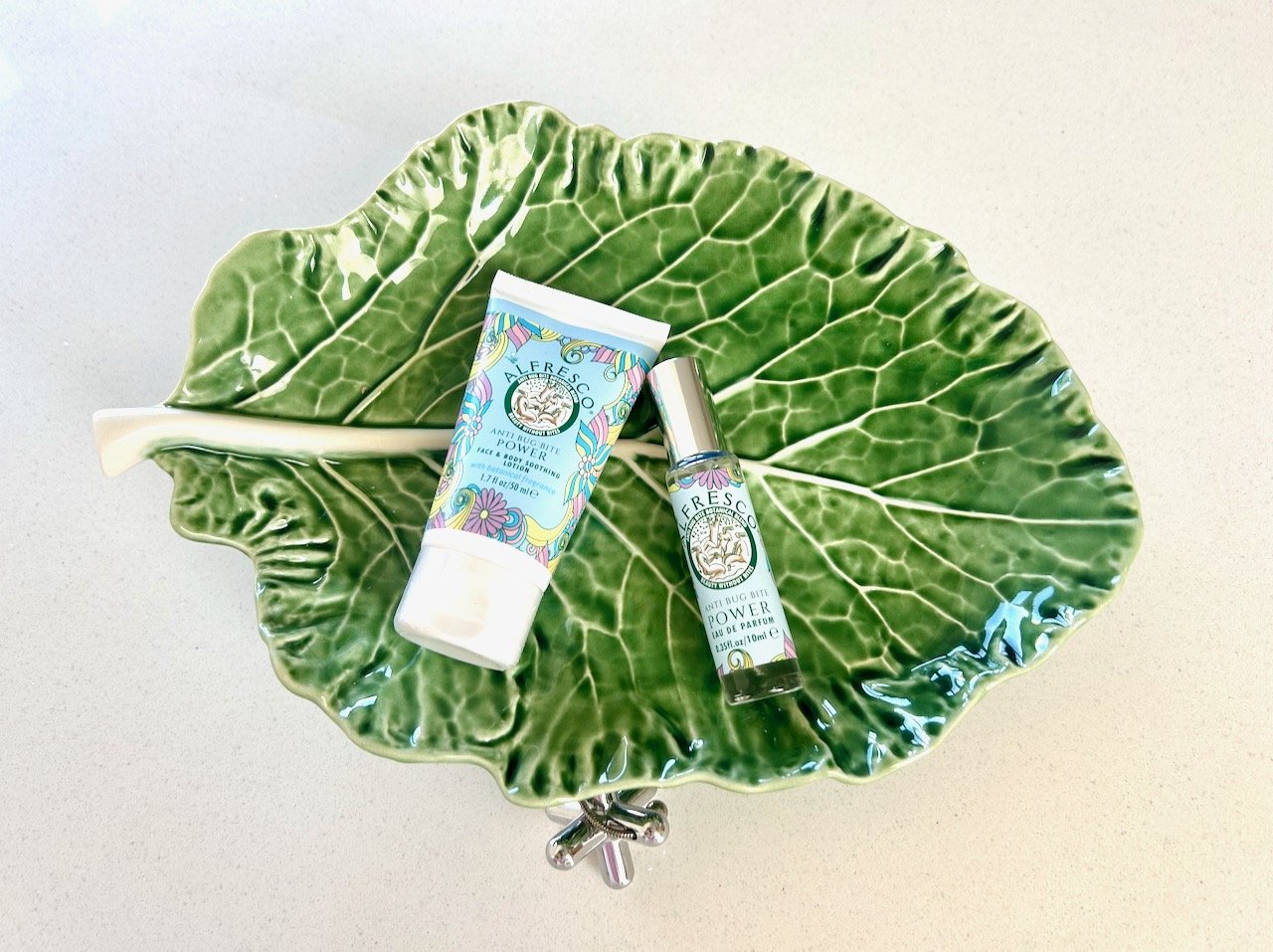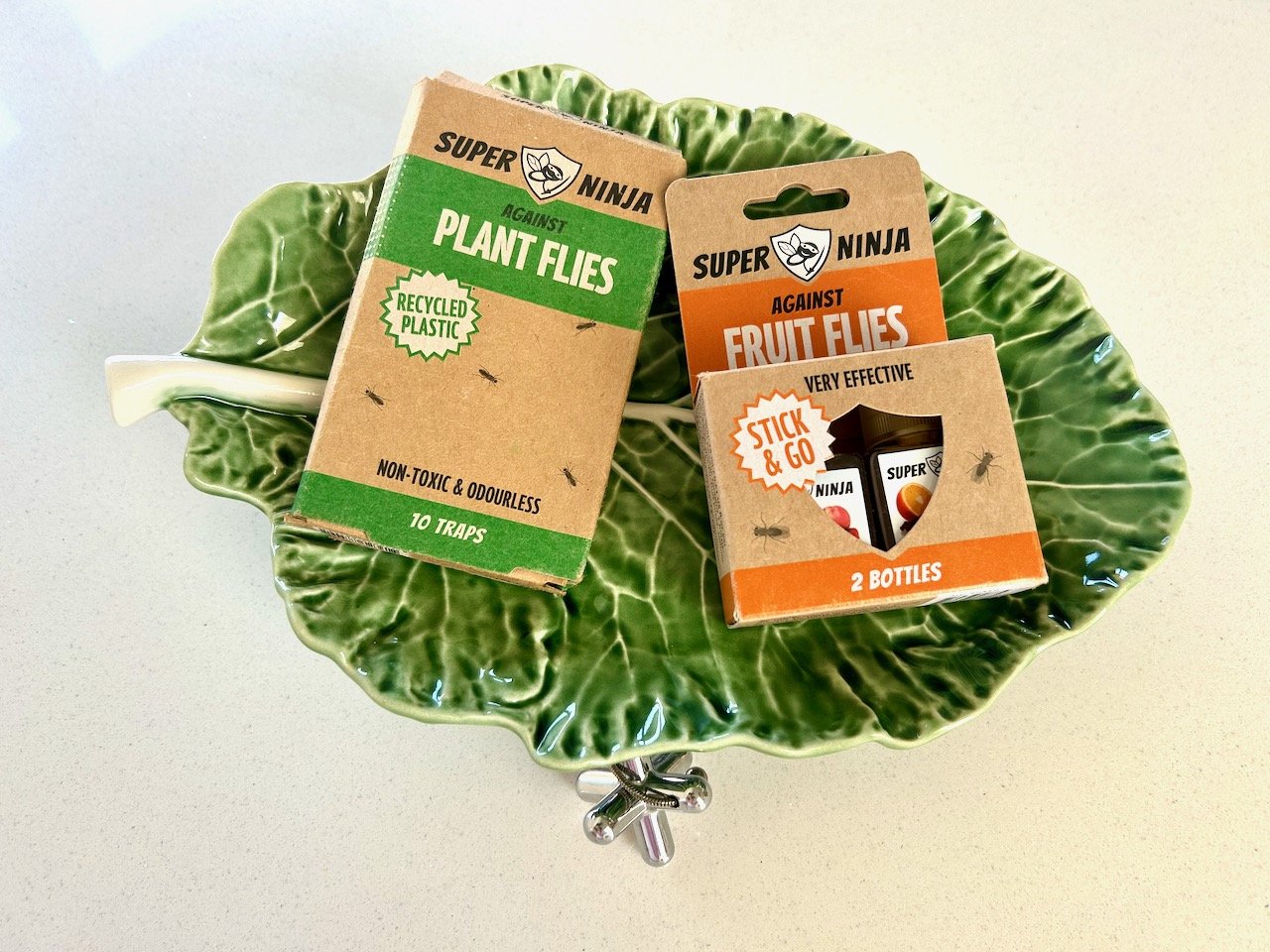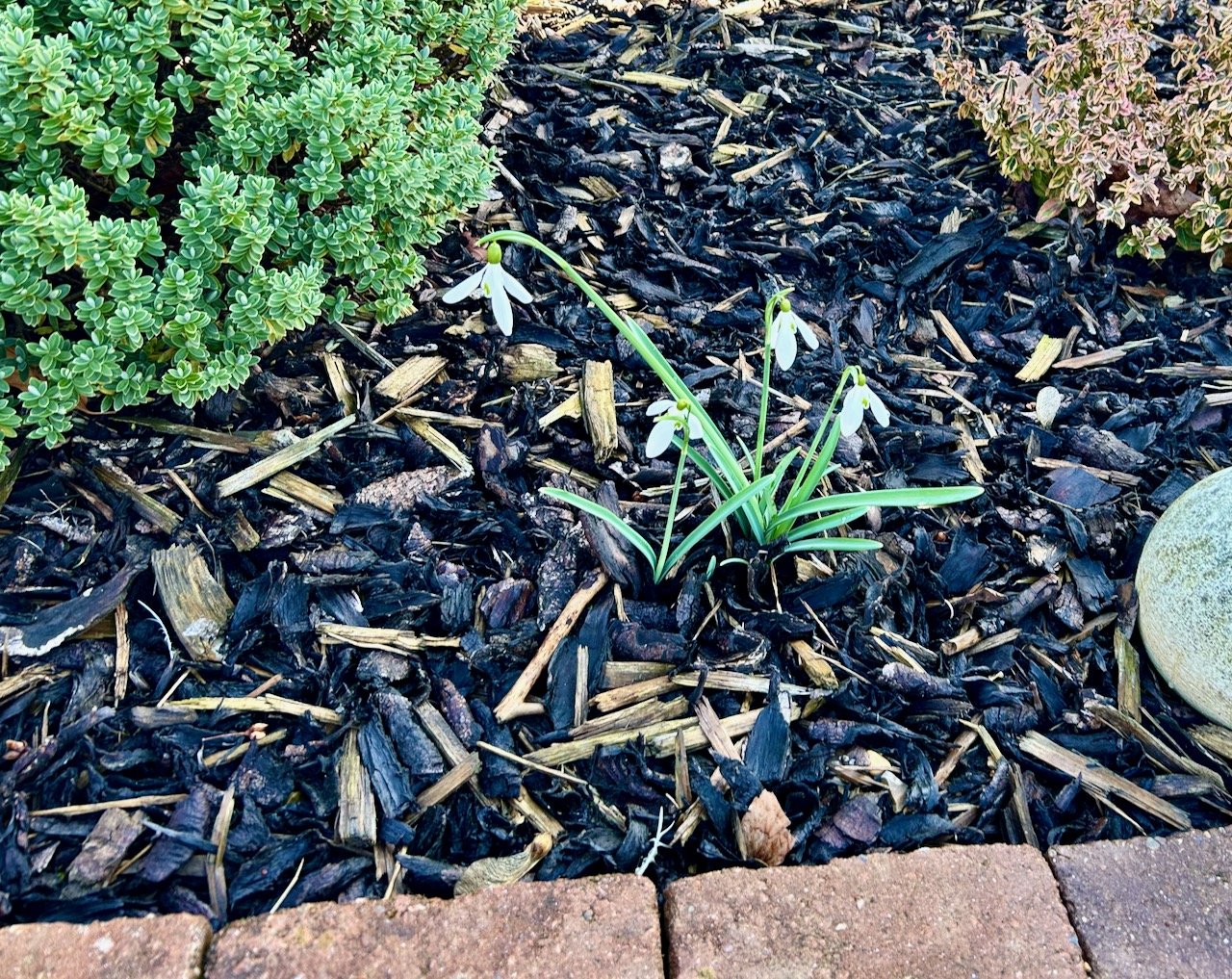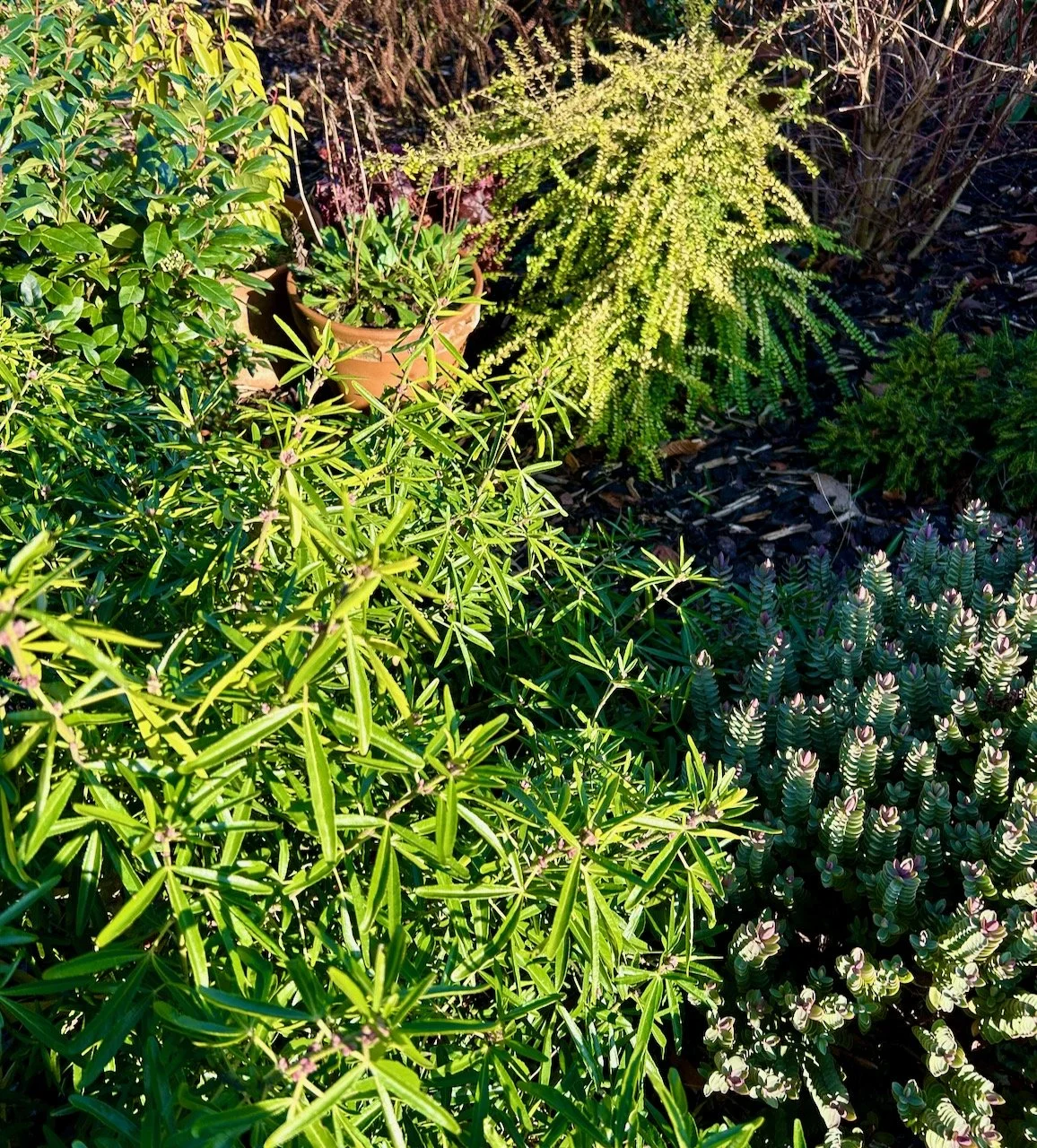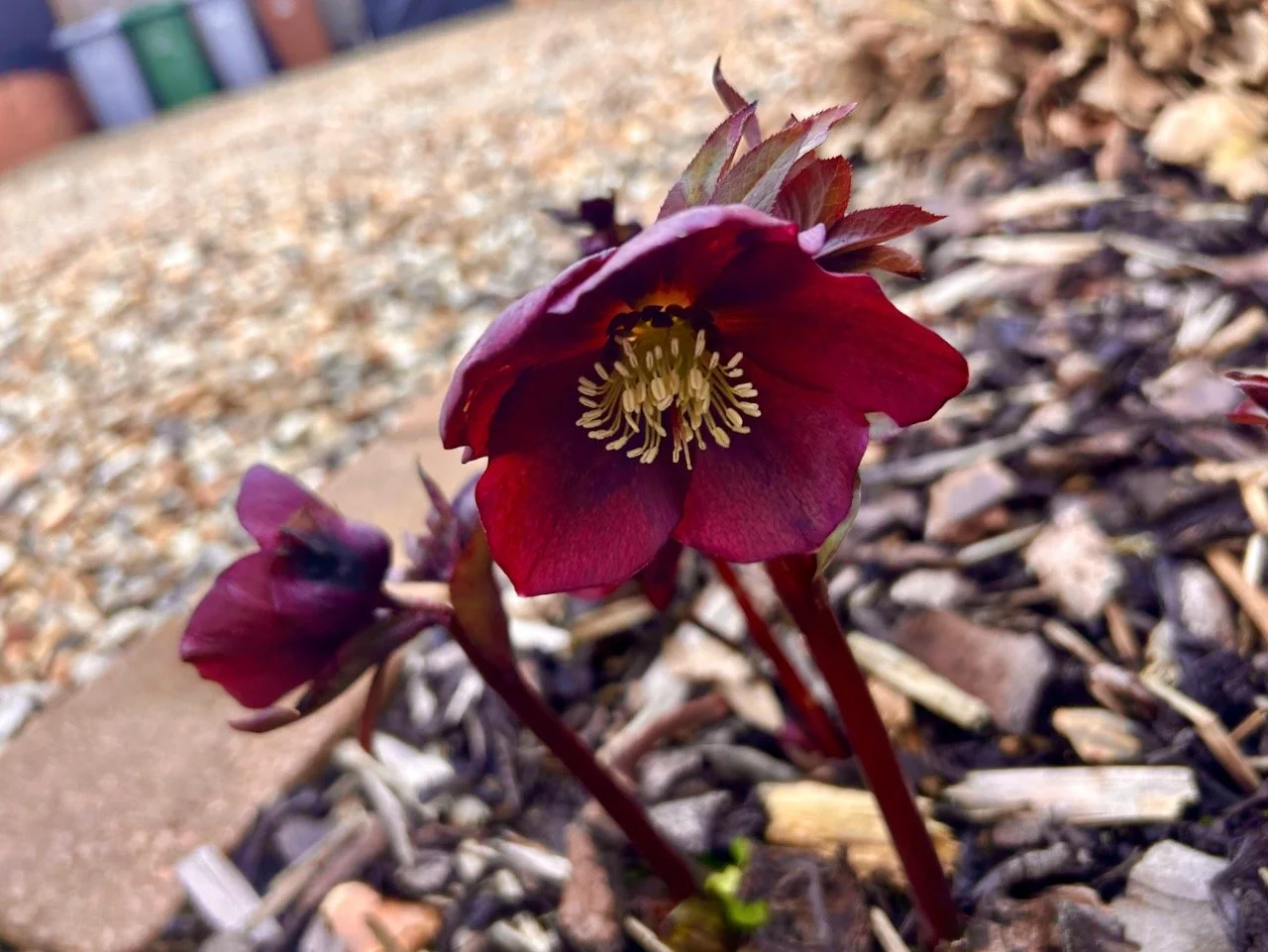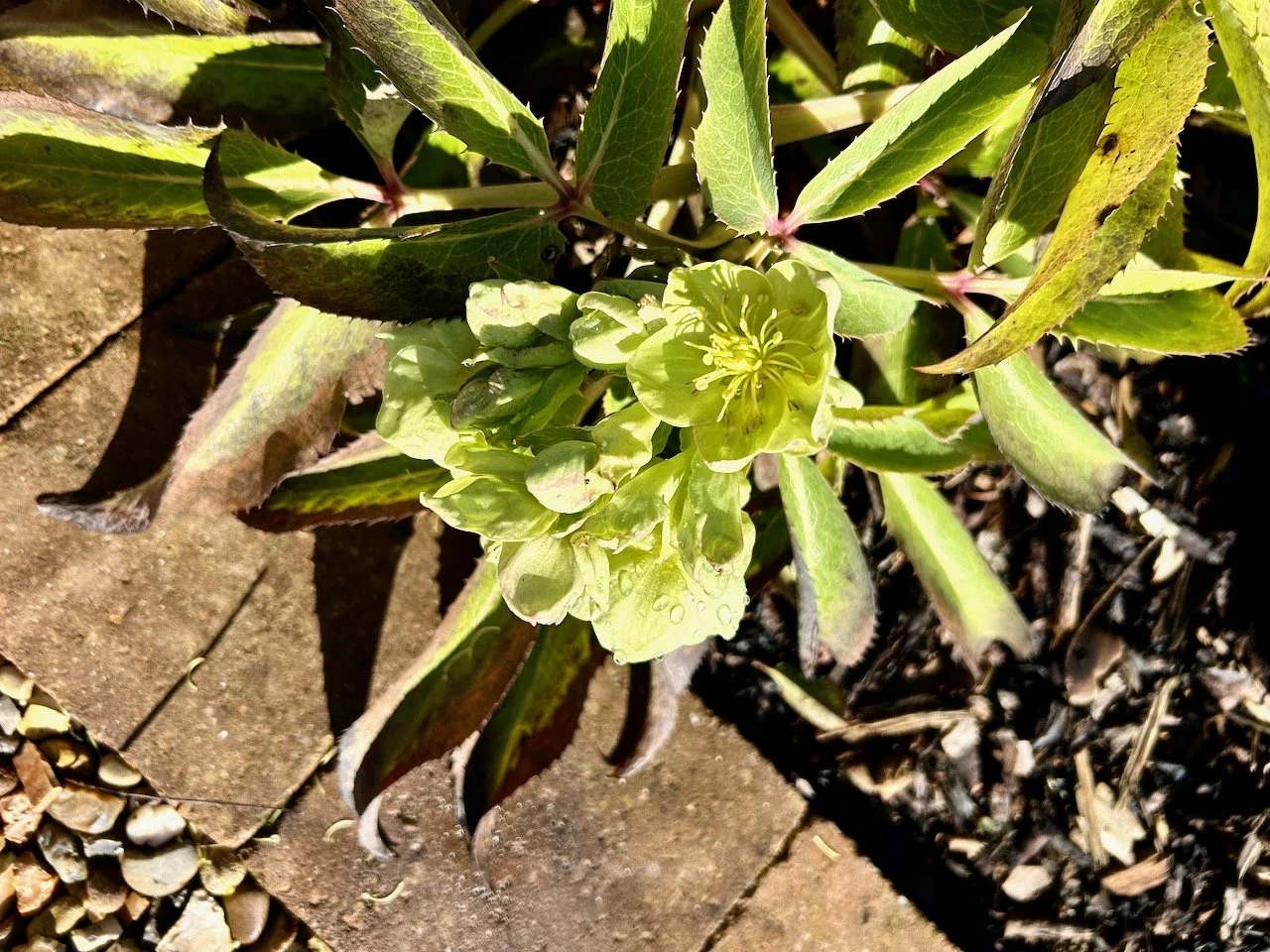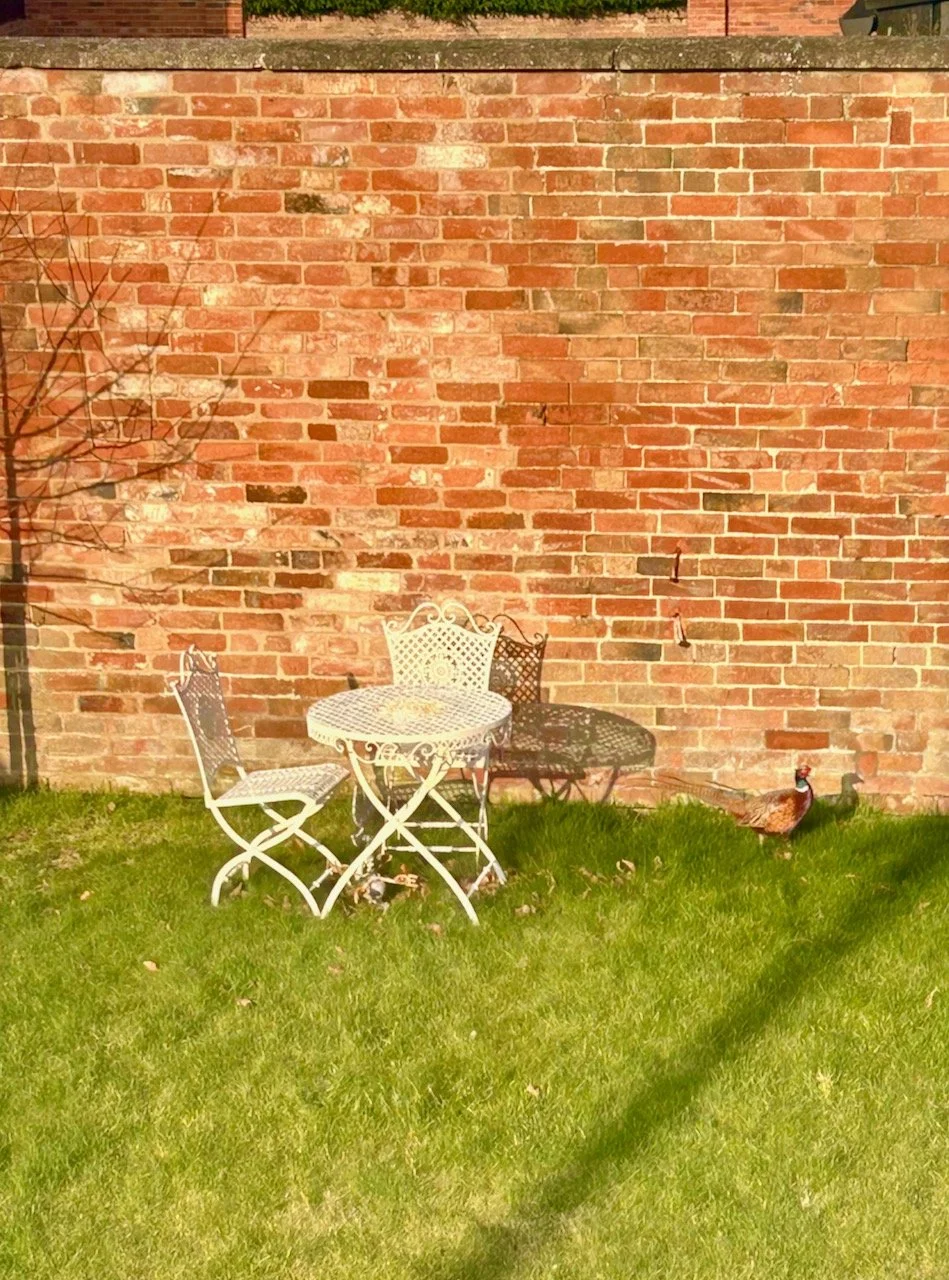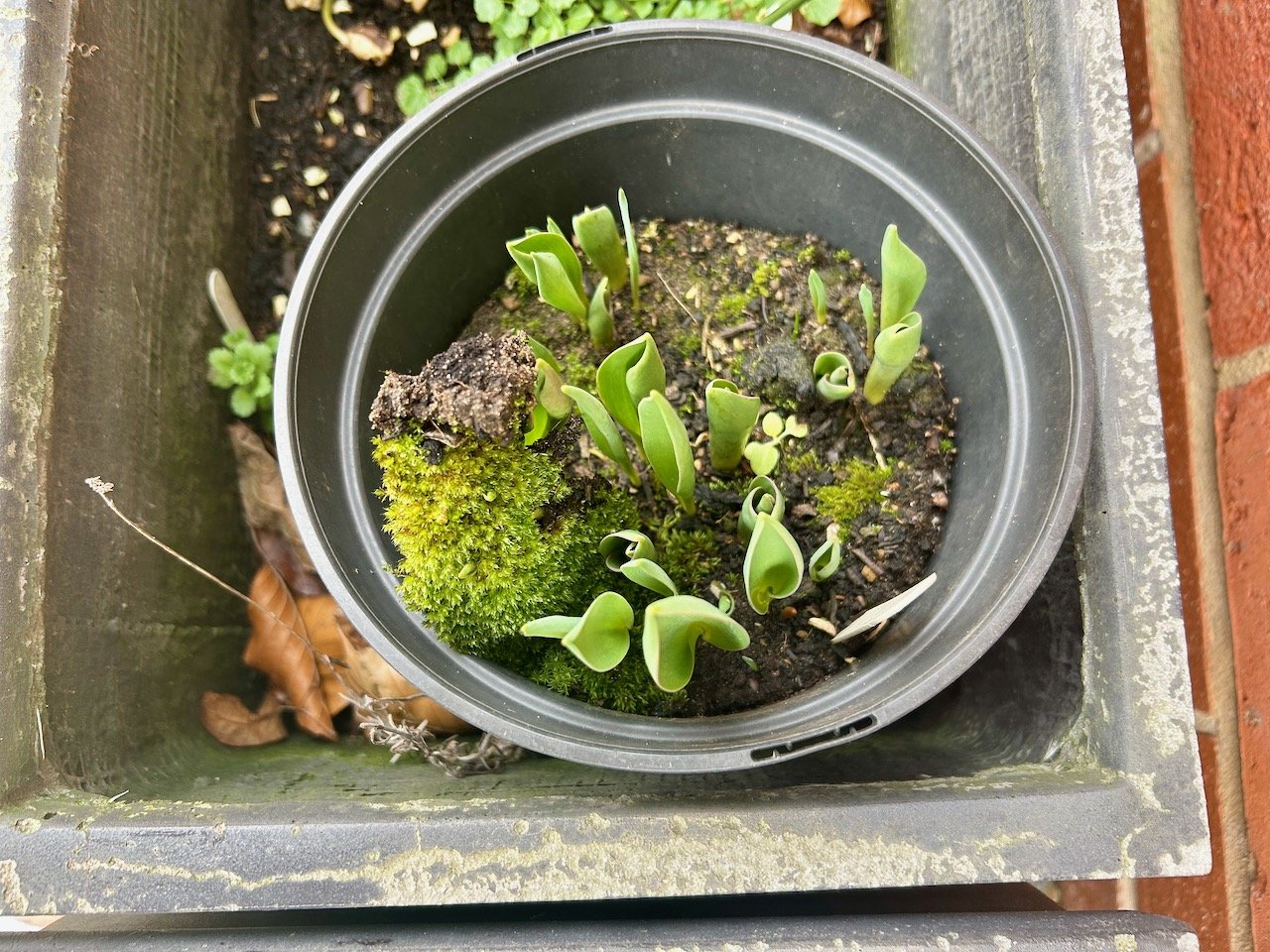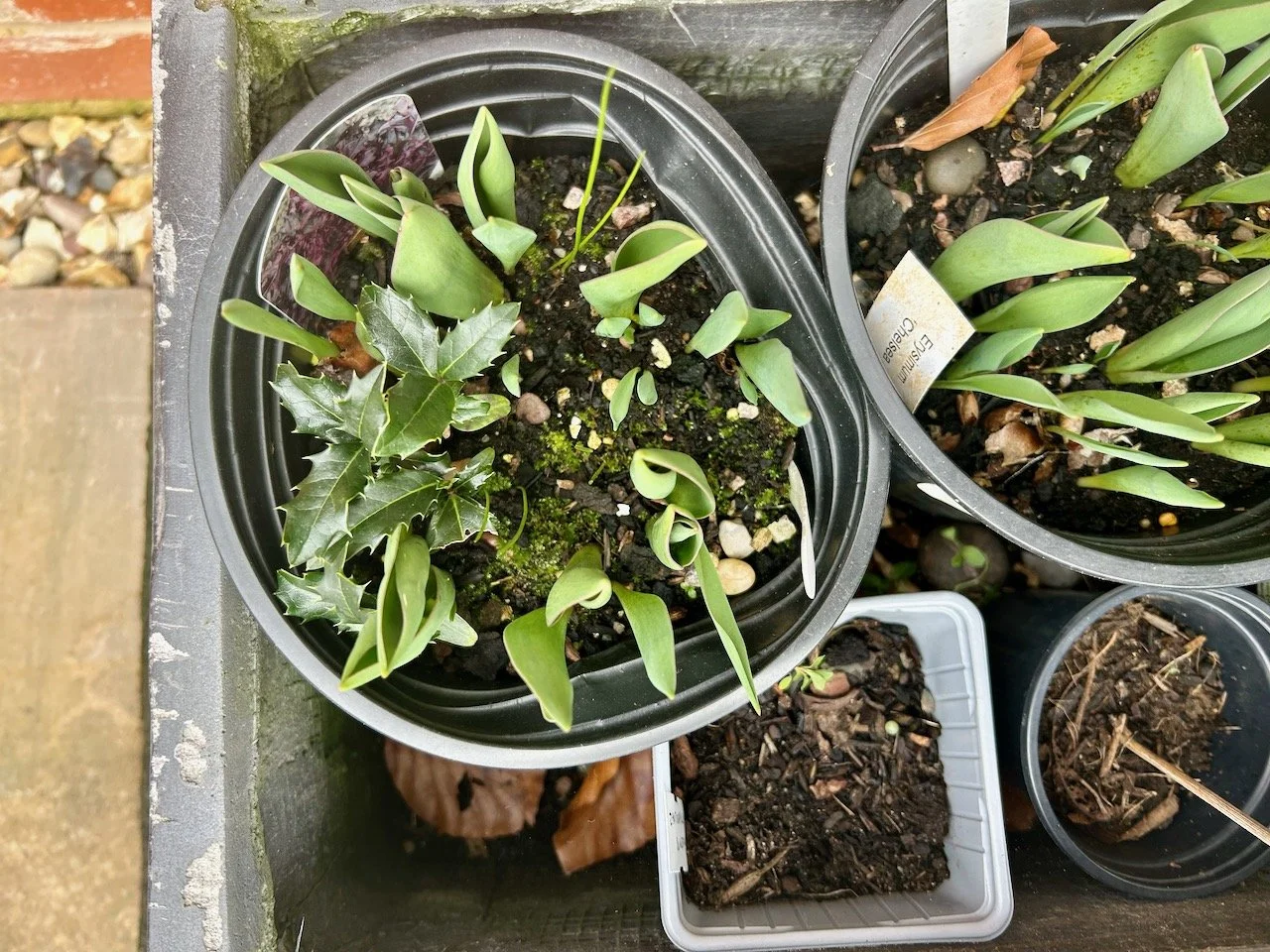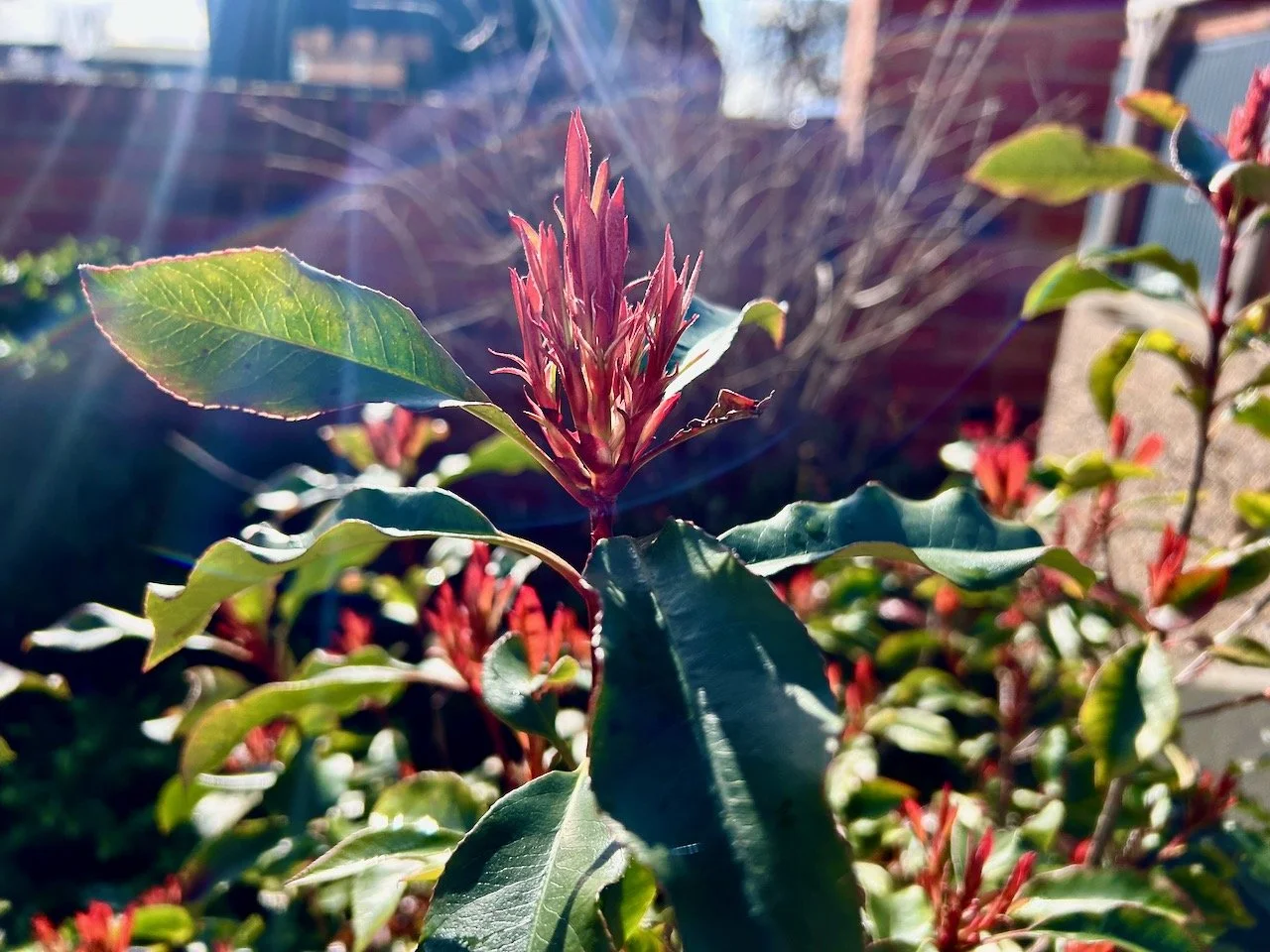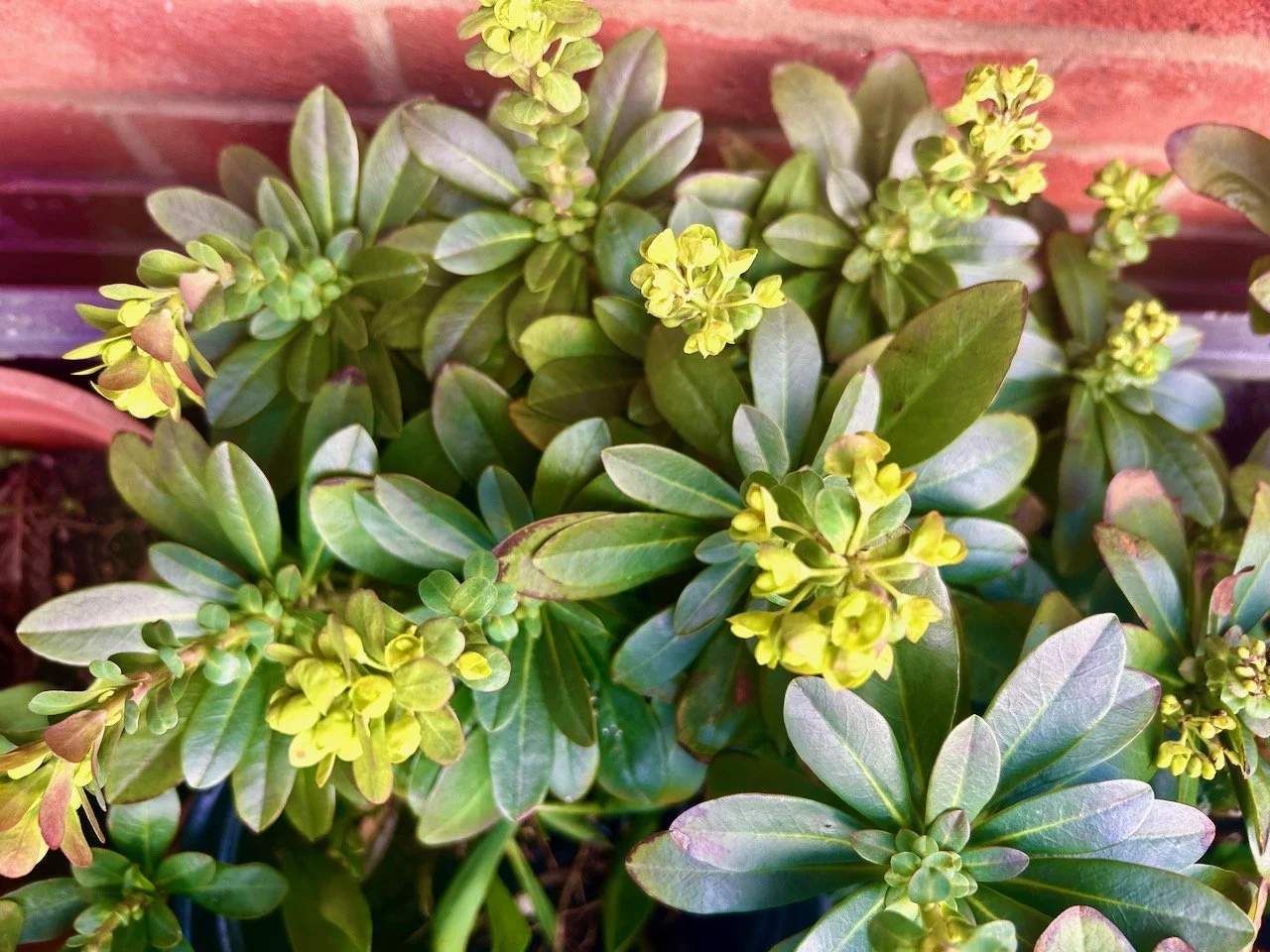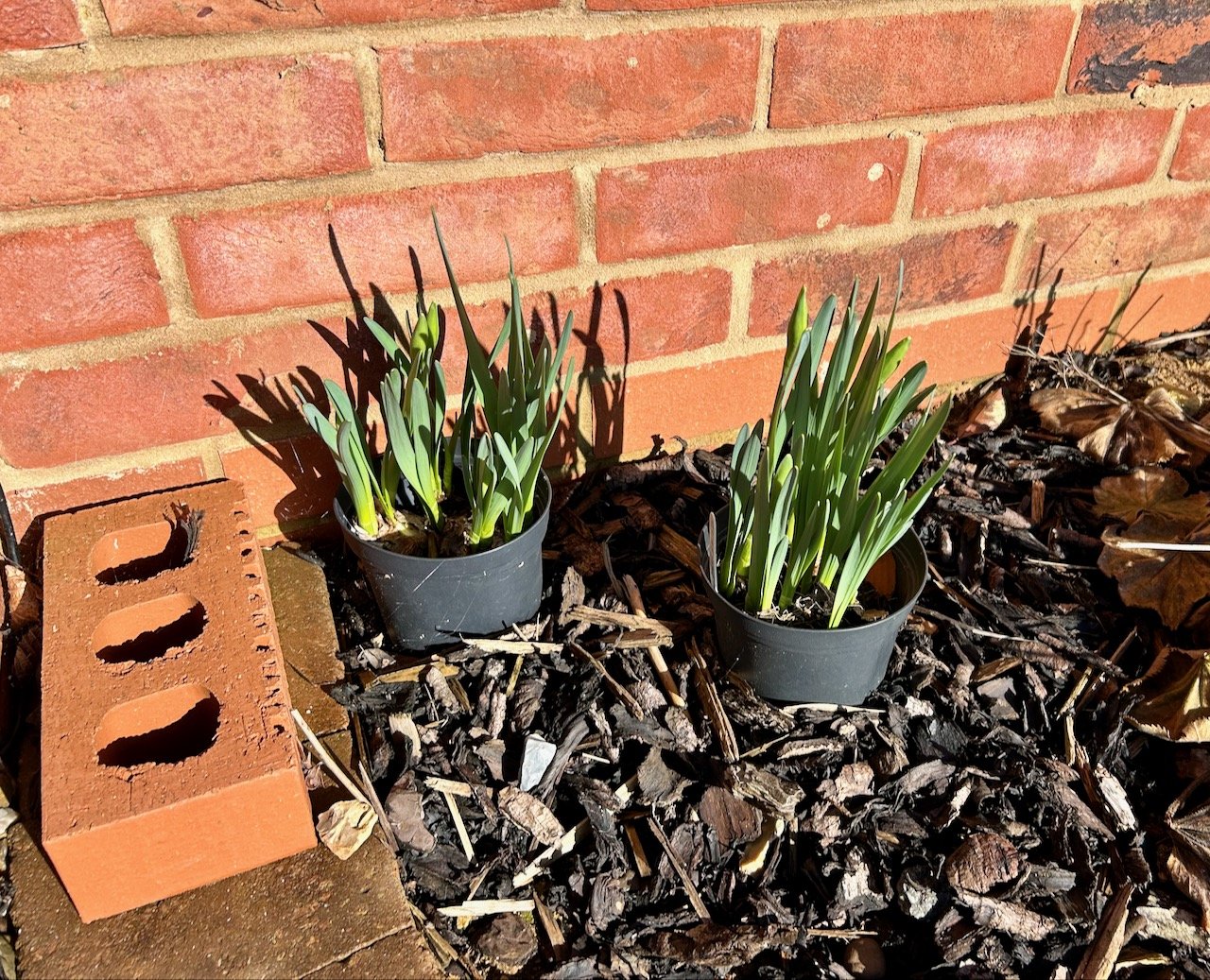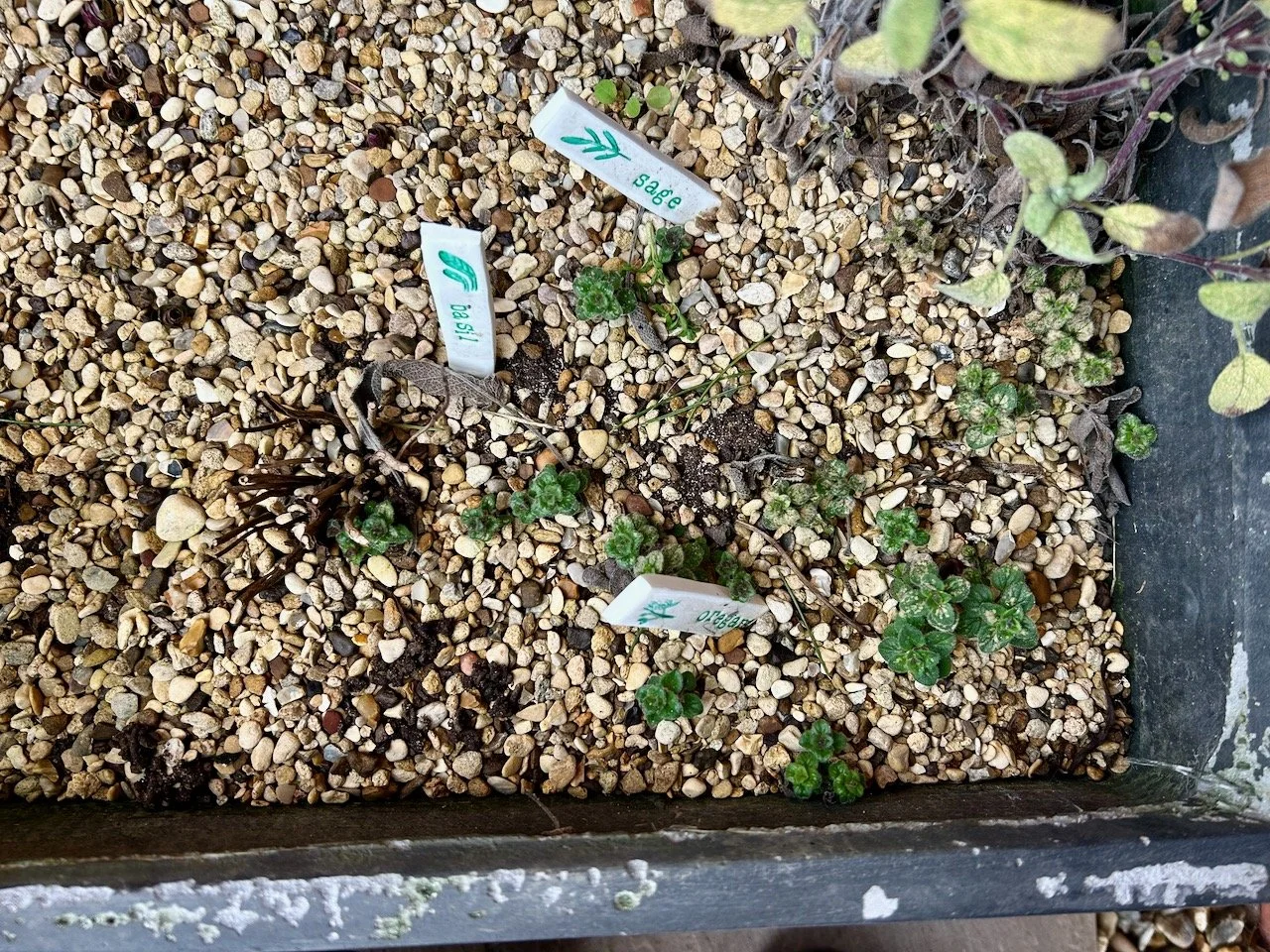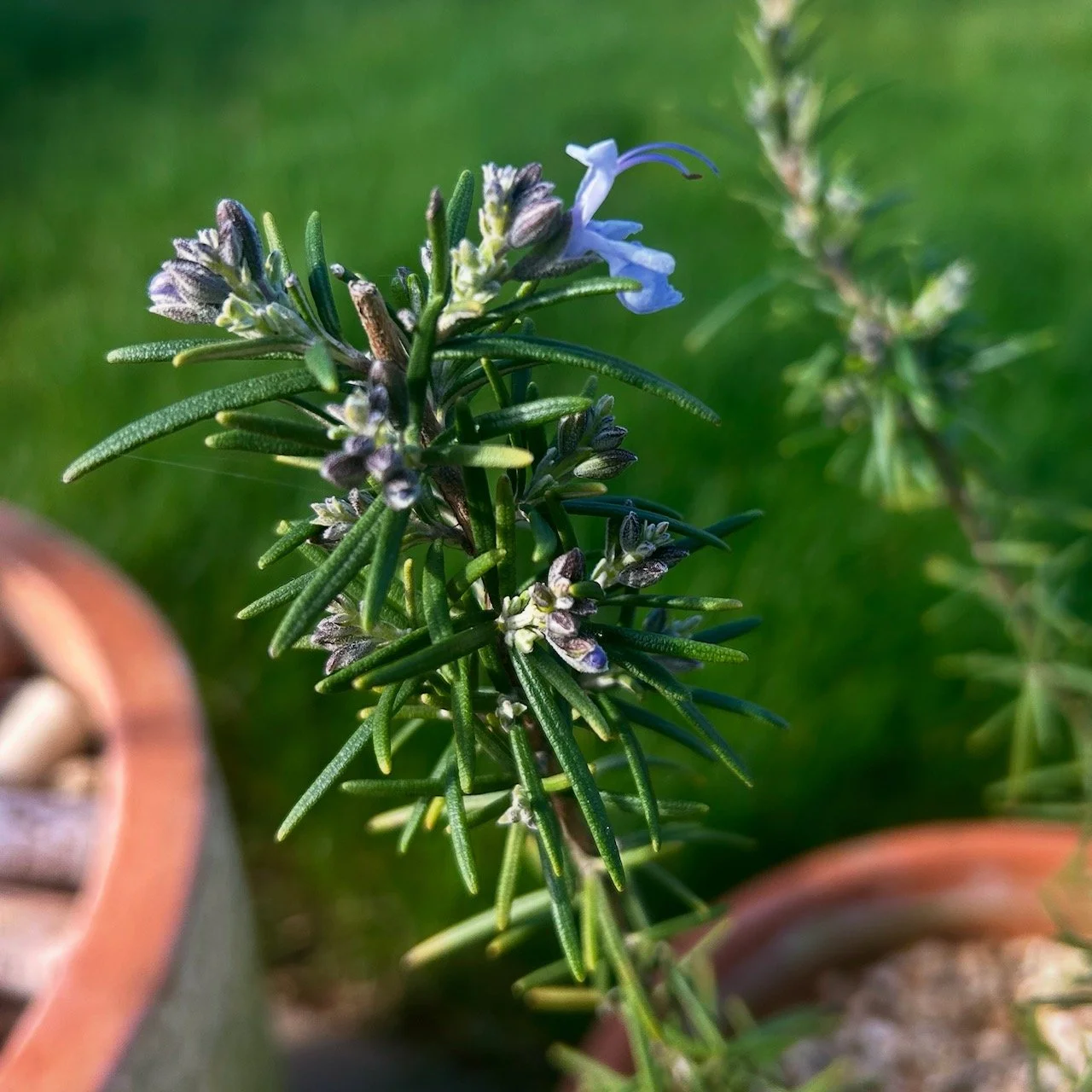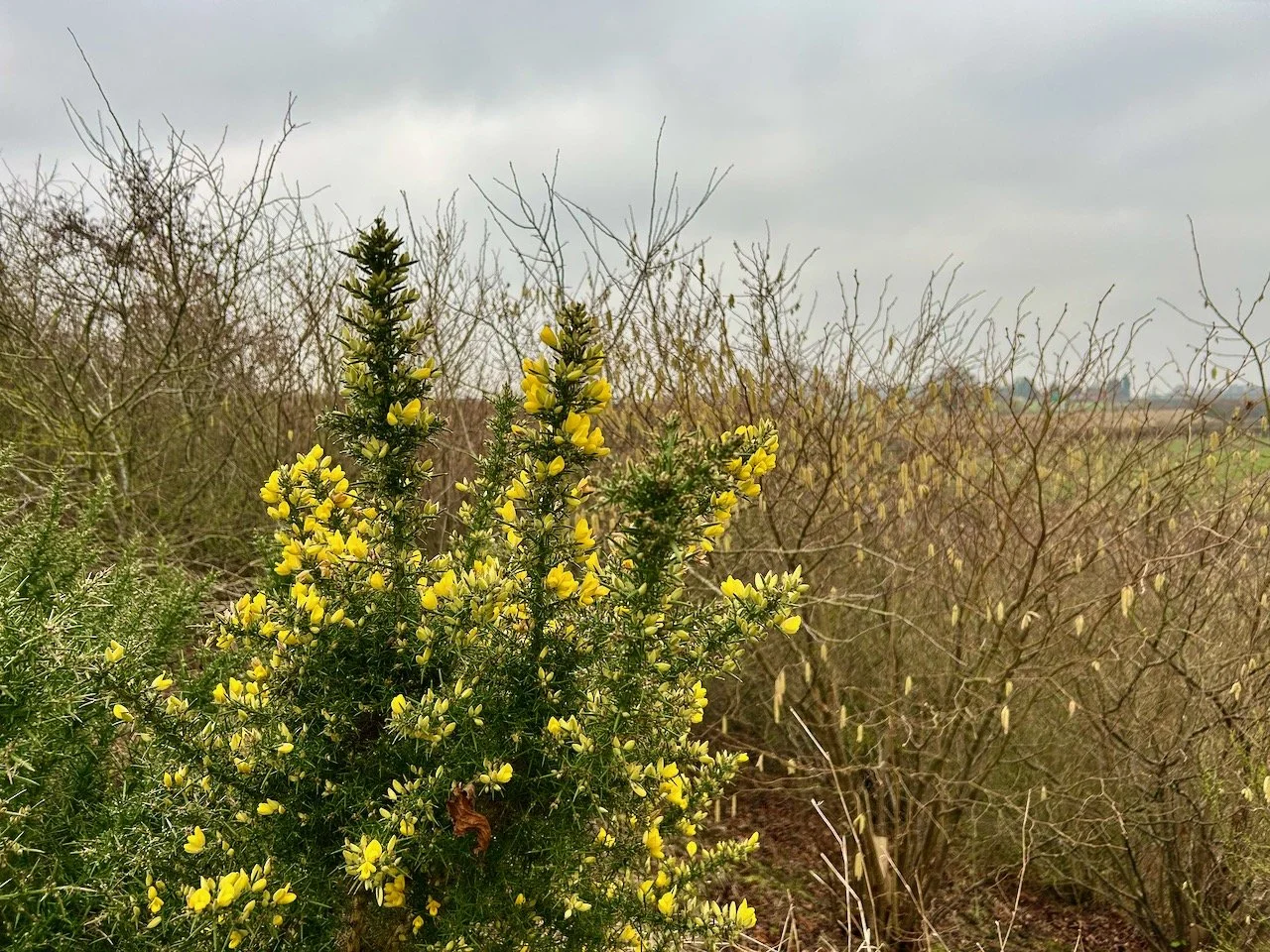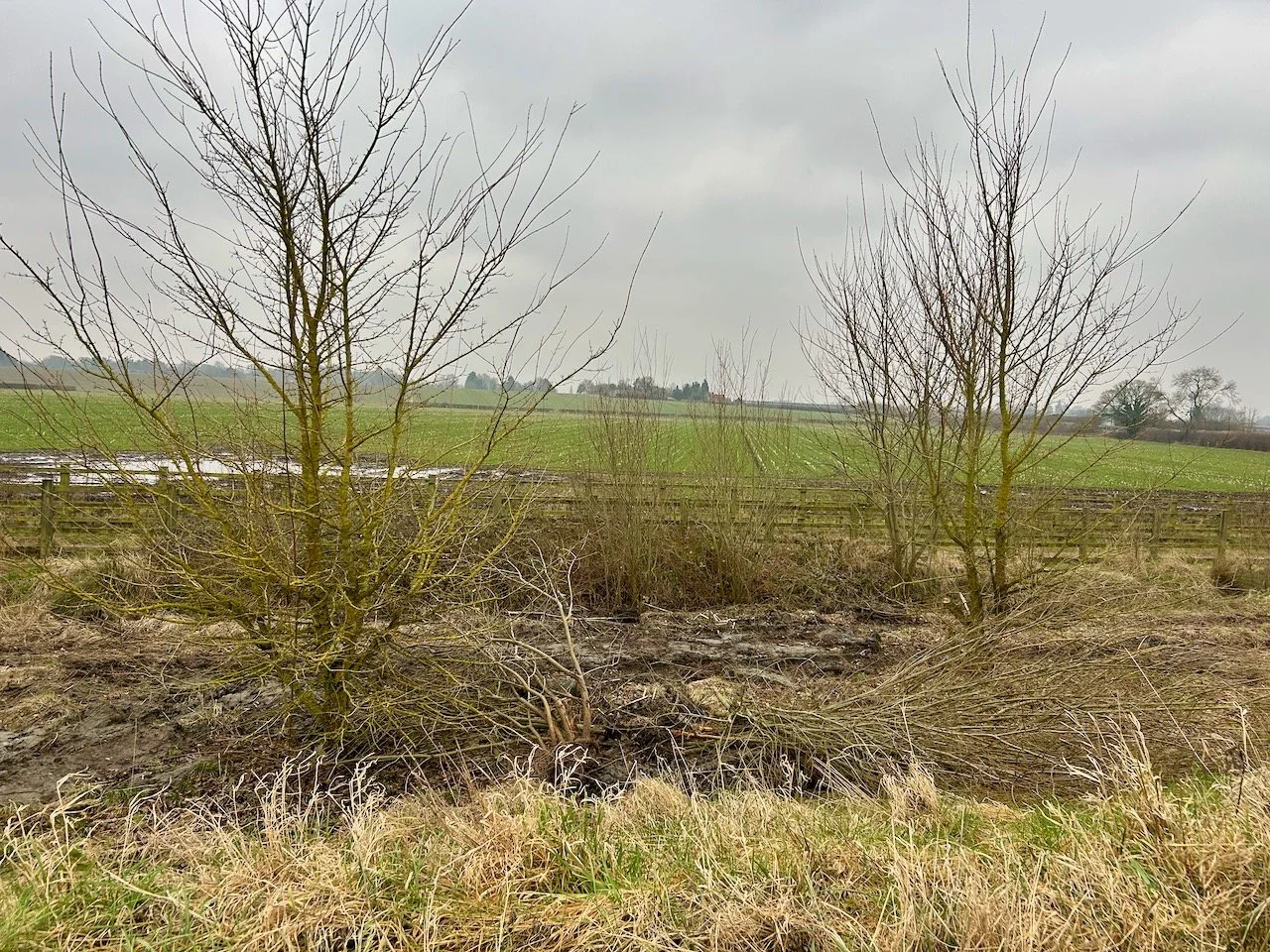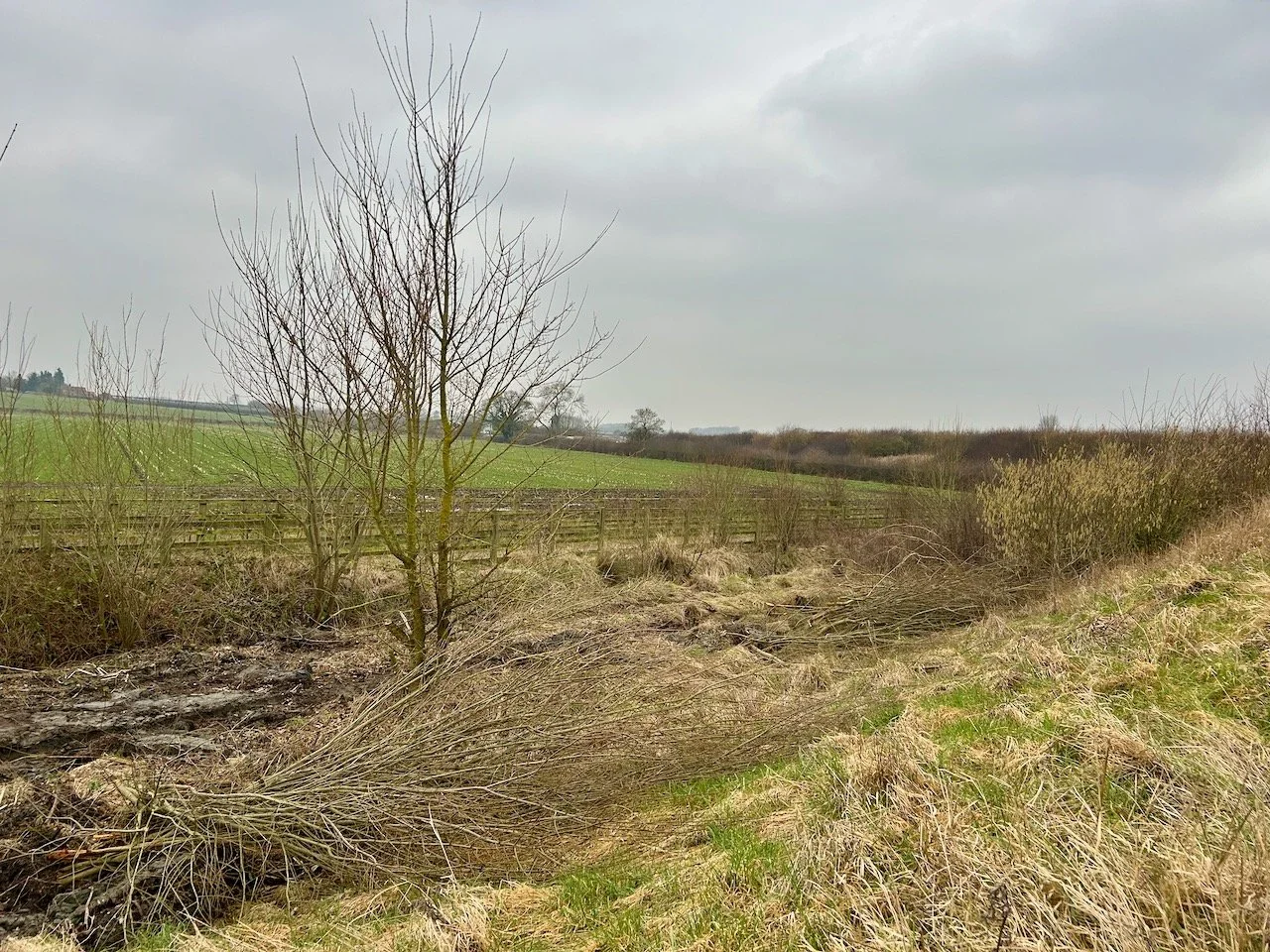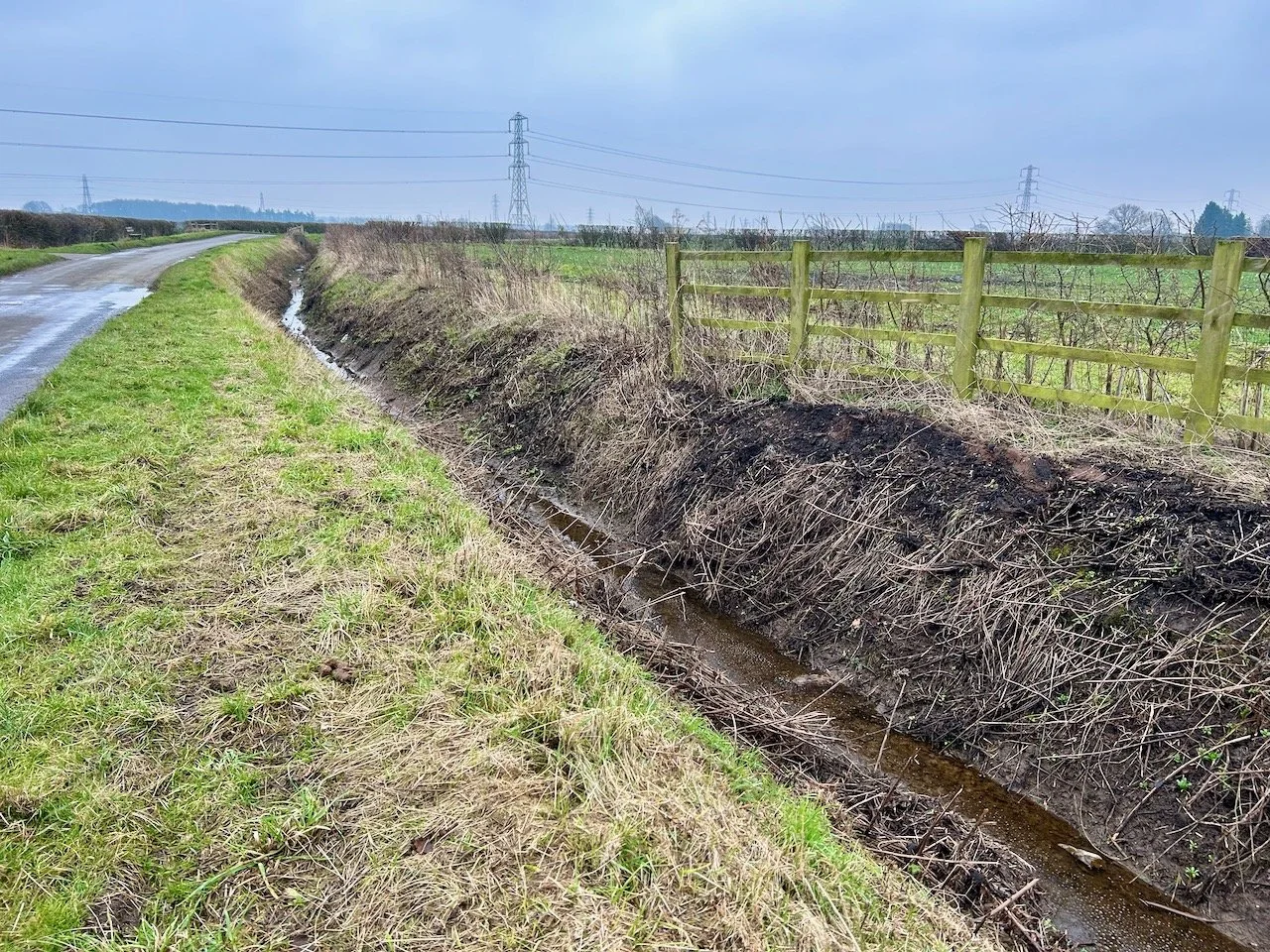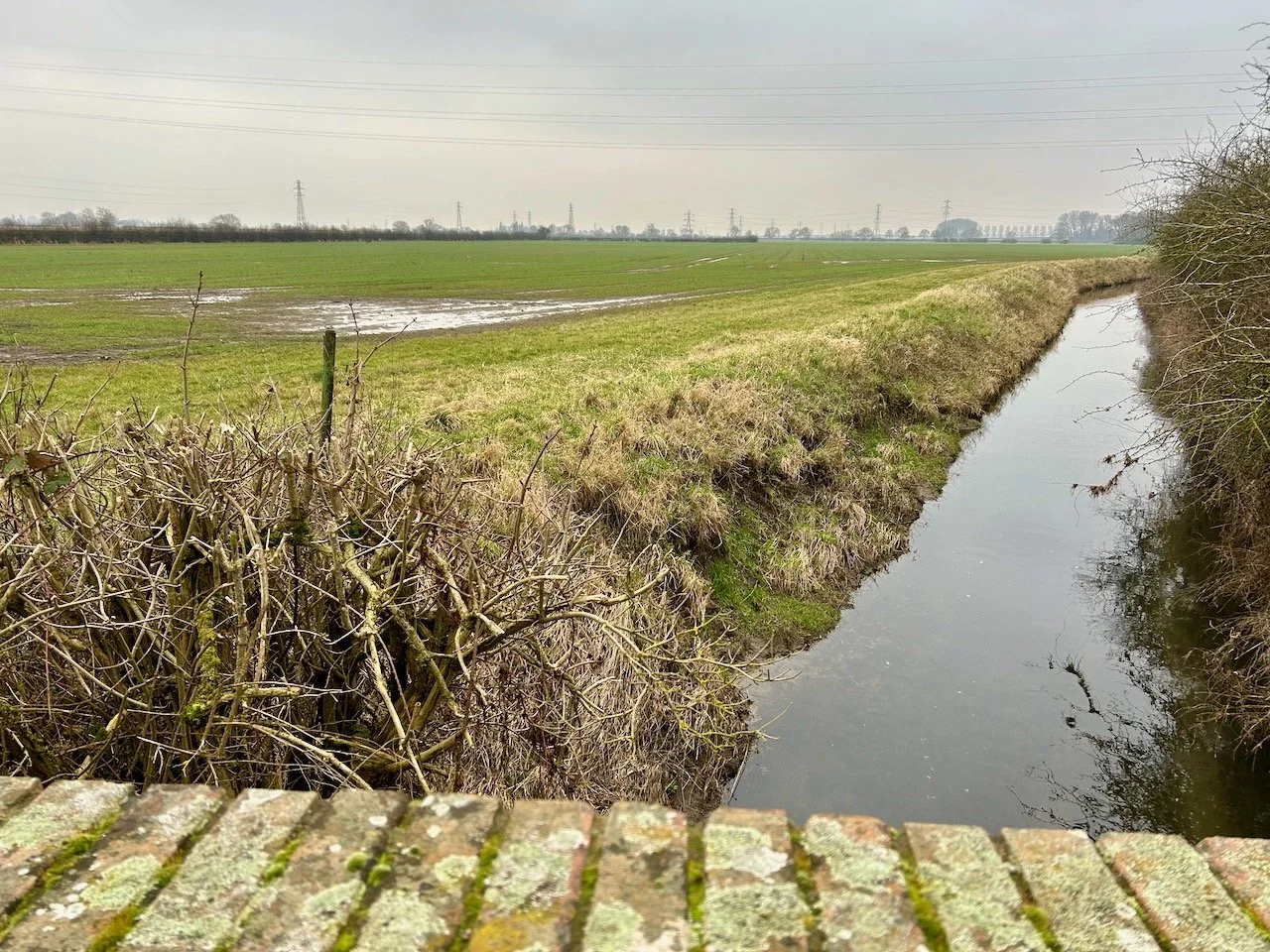* I was invited to the Garden Press Event, a one day show which connects garden product suppliers with garden media, therefore I’m marking my blog posts from the event as 'Ad’ though as usual my views and opinions are very much my own.
We’re all aware of the need to encourage wildlife in our gardens, and to maintain the balance - but I’m also sure that many of us also encounter some of the more annoying bugs too, and need all the help we can get dealing and coping with those. At the event there were companies there covering both of these, and so today I’m sharing some of their messages and products.
SongBird Survival
The clue’s in the name really, SongBird Survival is fighting to change the future for songbirds by funding research into the causes of decline to create and promote solutions, and as numbers have fallen 50% in 50 years that’s very much needed. In that time more than half of our UK songbirds are threatened or already in decline, so they really do need our help.
As part of their awareness for this SongBird Survival have partnered with Nicola Oakey who has designed their garden at this year’s RHS Chelsea Flower Show in May. The garden aims to show gardeners how they can do their bit to help stop the dramatic decline - so do look out for more on their garden later in the spring.
We’re already in the breeding season, which takes place between February and July - so if you haven’t already make sure your nest boxes are clean and ready for any feathered occupants, though go carefully in case any have already moved in.
If you’re wondering what you can do to encourage a wildlife-friendly garden then SongBird Survival recommends including their five essentials:
Shelter - important for escaping predators; trees, hedges and shrubs can provide this.
Food - a mix of flowers and greenery will attract insects, and berries and fruit trees can also provide a good source of food.
Nesting - nest boxes are a great way to provide safe nesting environments, but also planting long grasses and cardoons supplies birds with good nesting materials.
Water - provide a space for water, such as a shallow bird bath, which is cleaned regularly.
Be natural - ditch the pesticides to help wildlife thrive.
I’m planning to cover more of their advice in my monthly The Garden Year linky when that opens for this year, so pop back on the first of each month between April and November to read more.
Alfresco, Anti Bug Bite Botanical Blend
Free from DEET, parabens and synthetic chemicals these products by Alfresco feature a unique blend of over 25 essential oils which means a naturally derived mosquito repellent, along with a pleasant long-lasting fragrance - which is a world away from the usual insect repellent smell we’re used to, trust me!
I tried the Power lotion on the day of the show and was pleased with how it smelt and felt on my skin, so I’m looking forward to trying it for real as the year goes on, as I don’t think there’s anyone that enjoys attention from the bugs is there? The spray looks as if it could be useful too - there’s a few different varieties to choose from - Classic, Planet and Power, each with a different fragrance.
Super Ninja Against Plant Flies and Fruit Flies
In the past we’ve experienced both plant flies and fruit flies, and they are very annoying. These products from Super Ninja are also from natural ingredients and claim to provide ‘immediate results, without harmful side effects’ as well as easy to use. And when you’re inundated with bugs, you want something easy don’t you?
The Against Plant Flies, made from recycled plastic (and are recyclable) are the yellow sticky traps which are said to last up to three months. The Against Fruit Flies are innovative and discreet, according to their website. The pack contains two small bottles of liquid which attracts the unwanted pests, and these also come with a sticky pad so you can get the bottle close to the source of the problem.
I’ve not tried either of these, and in some ways I hope I don’t need to! But if I need them, then I know from previous experience that it’s great to have something to hand to use straightaway, so if (when) that day comes again I’ll be hoping they’re as good as their word.

